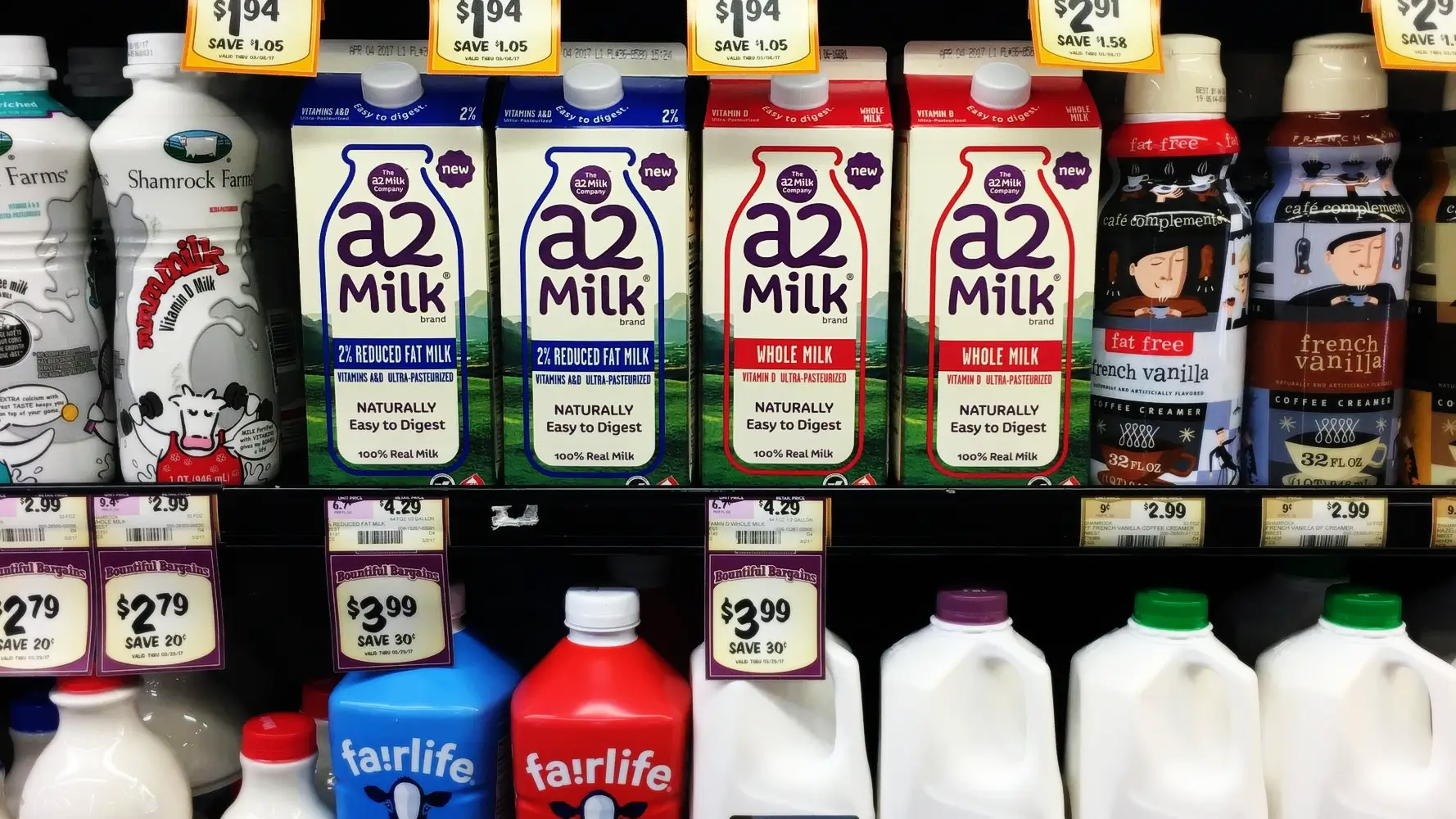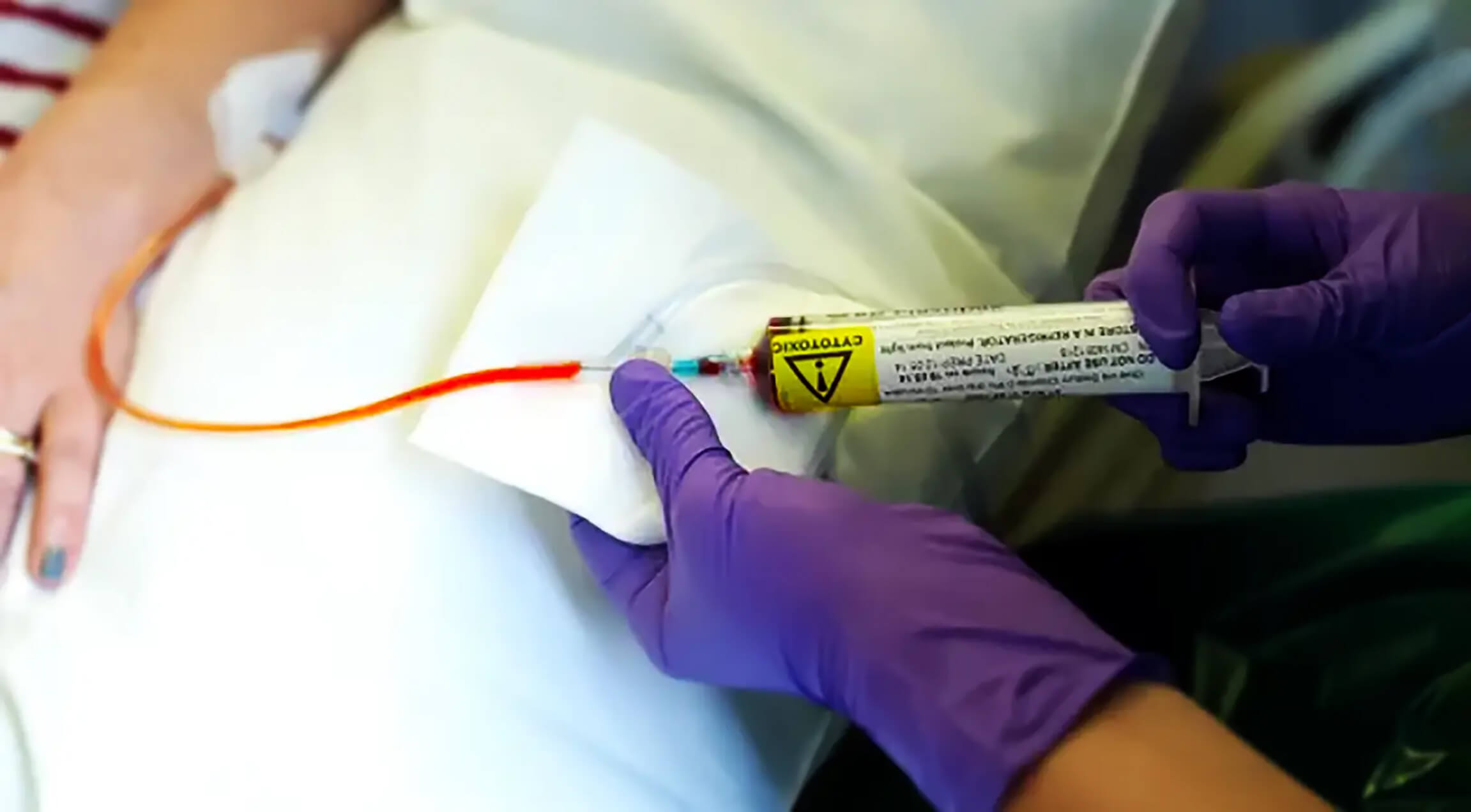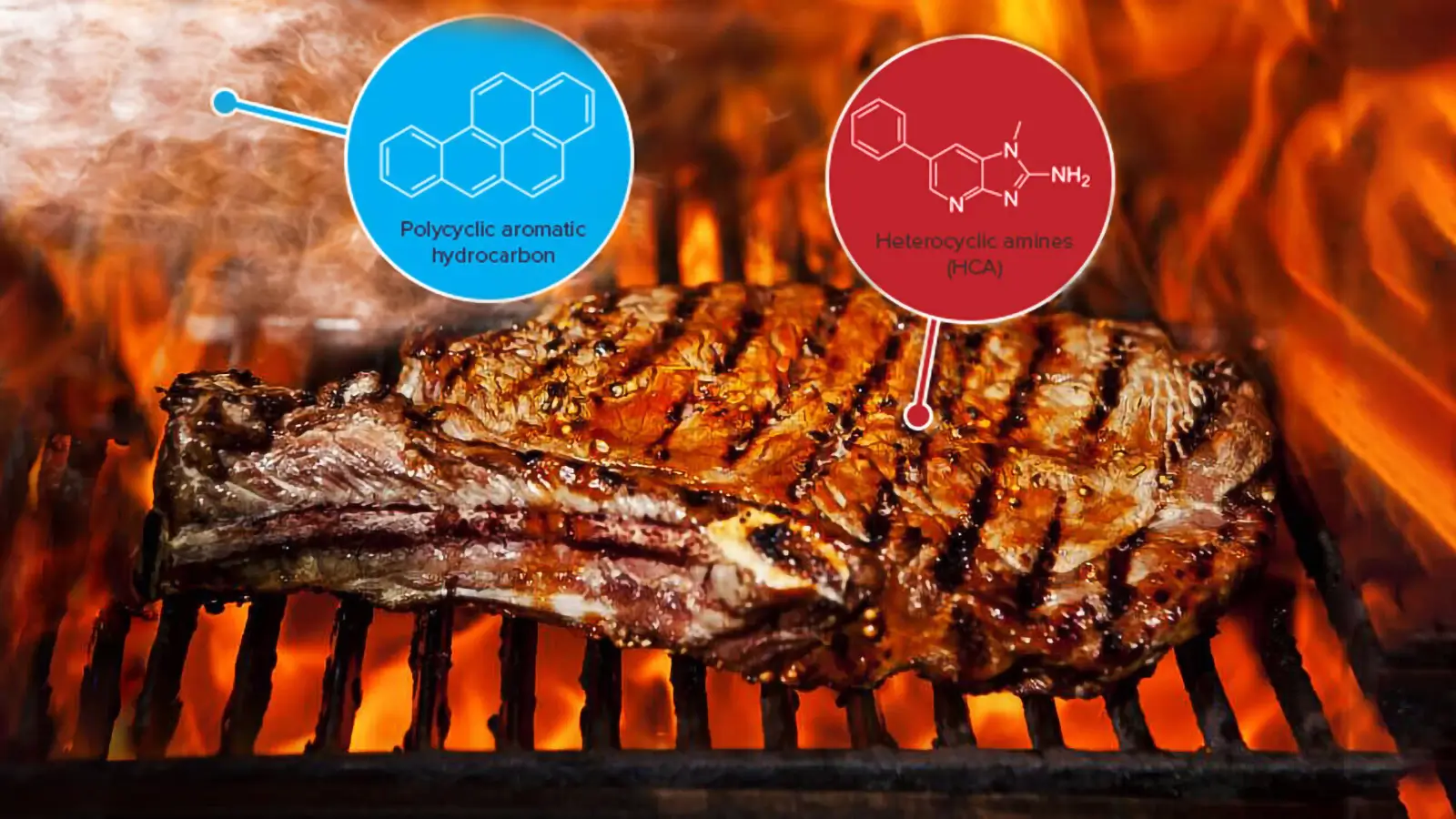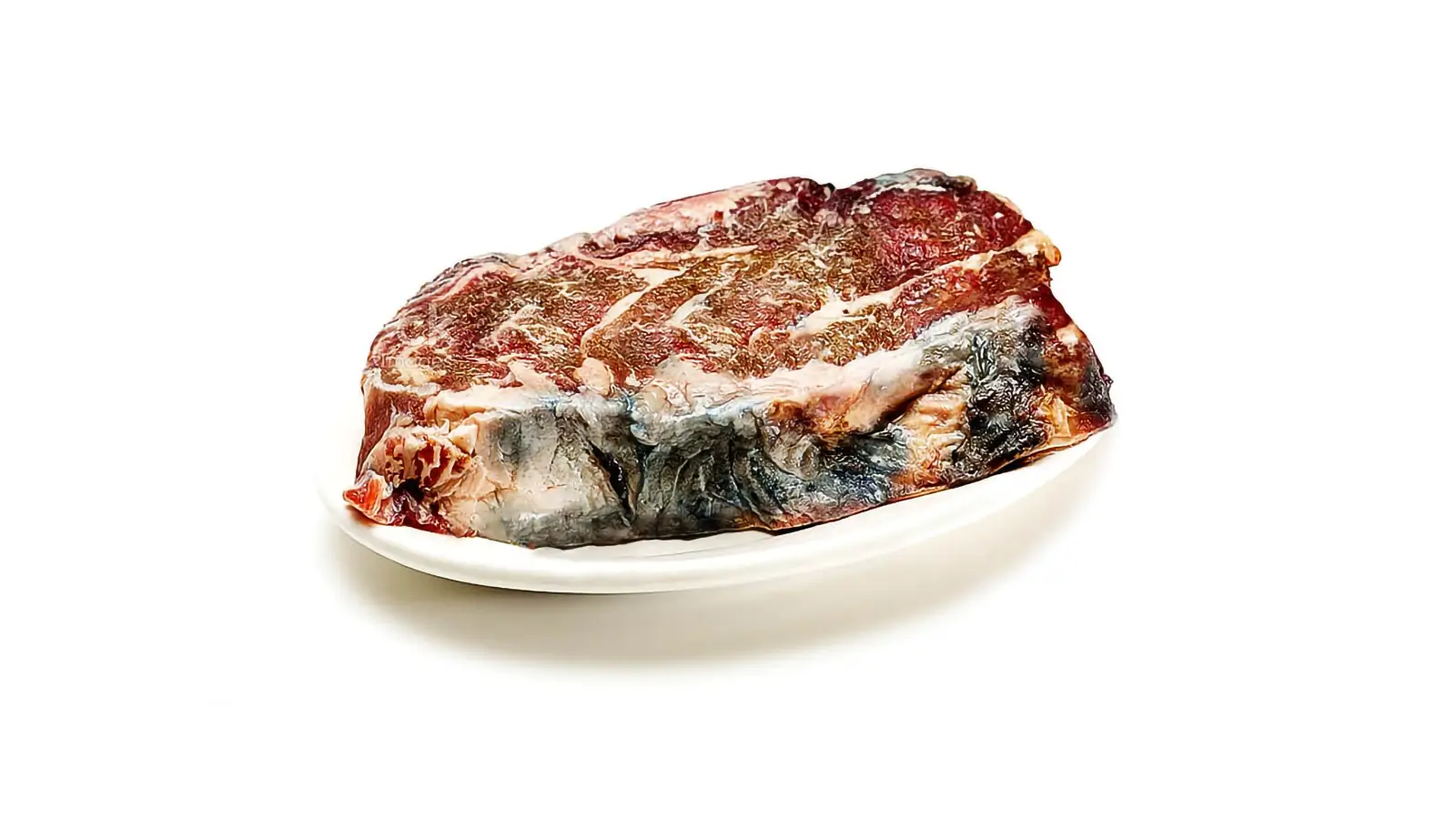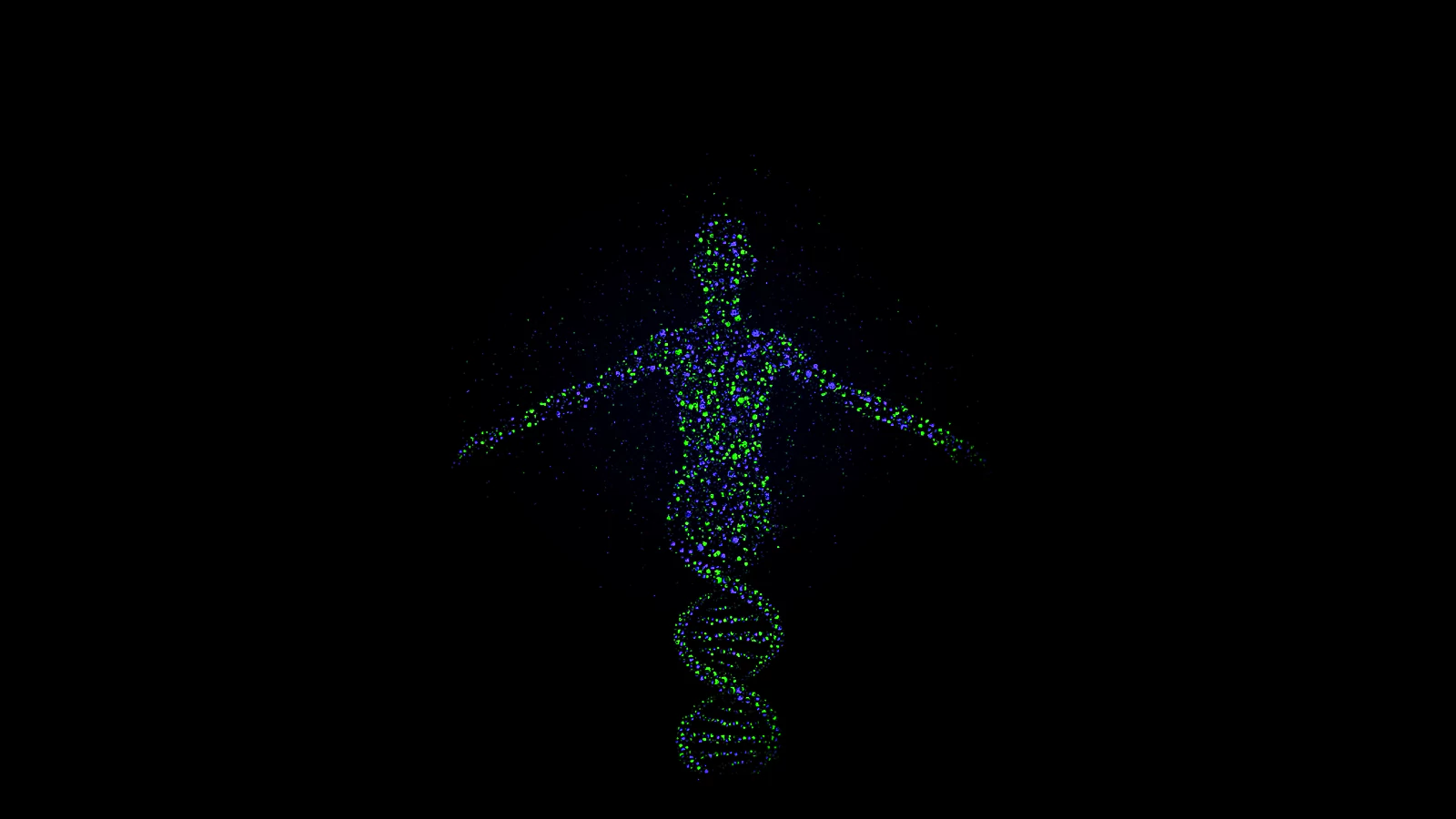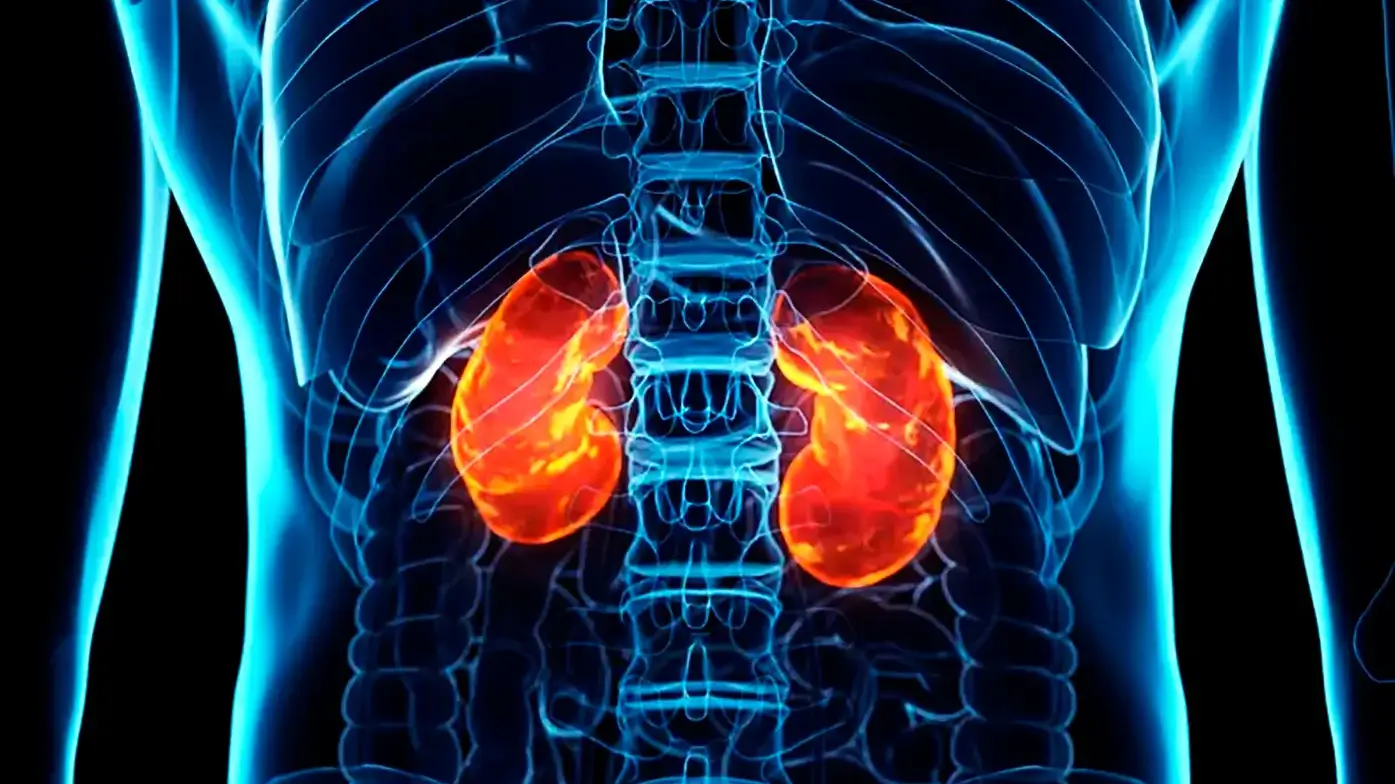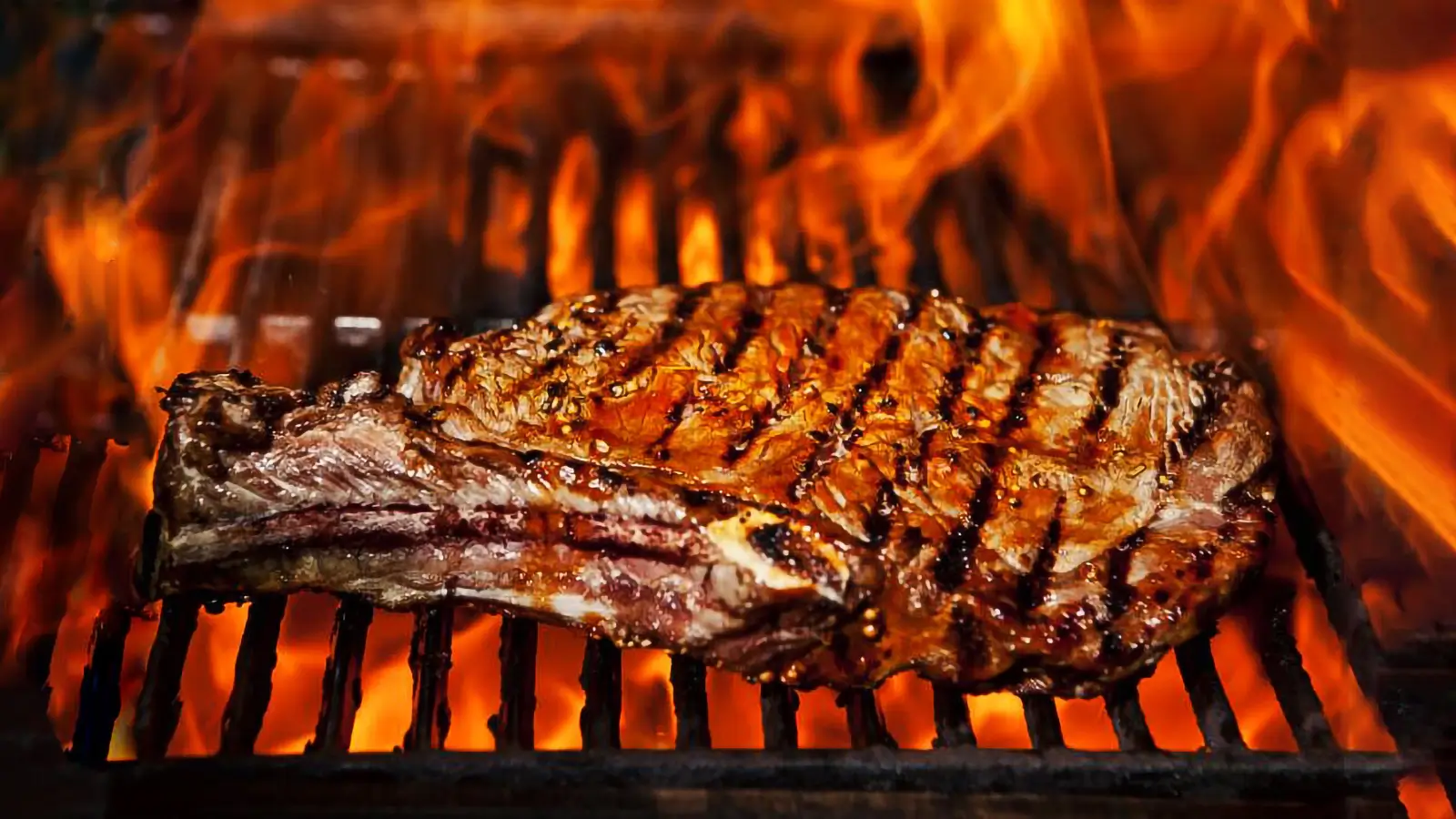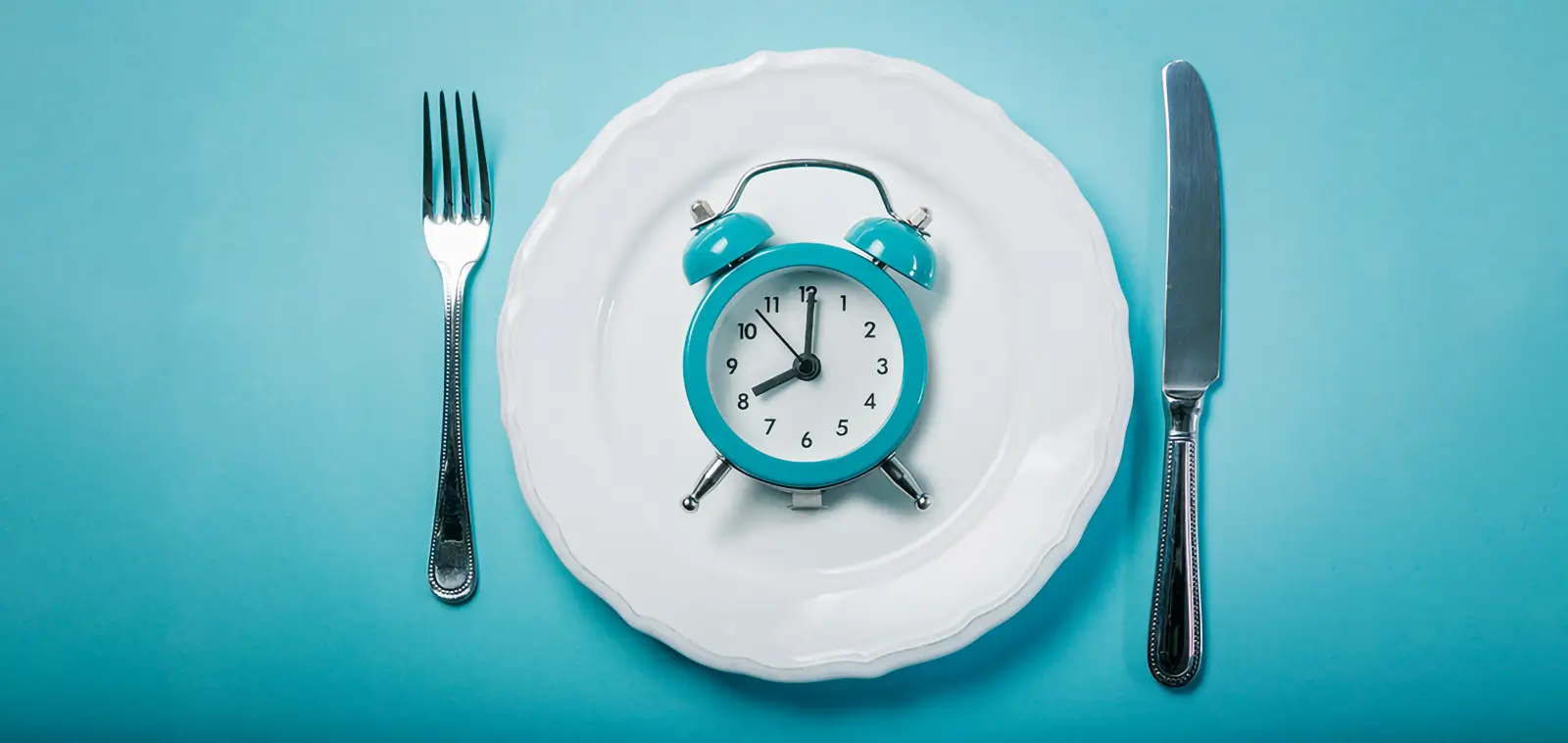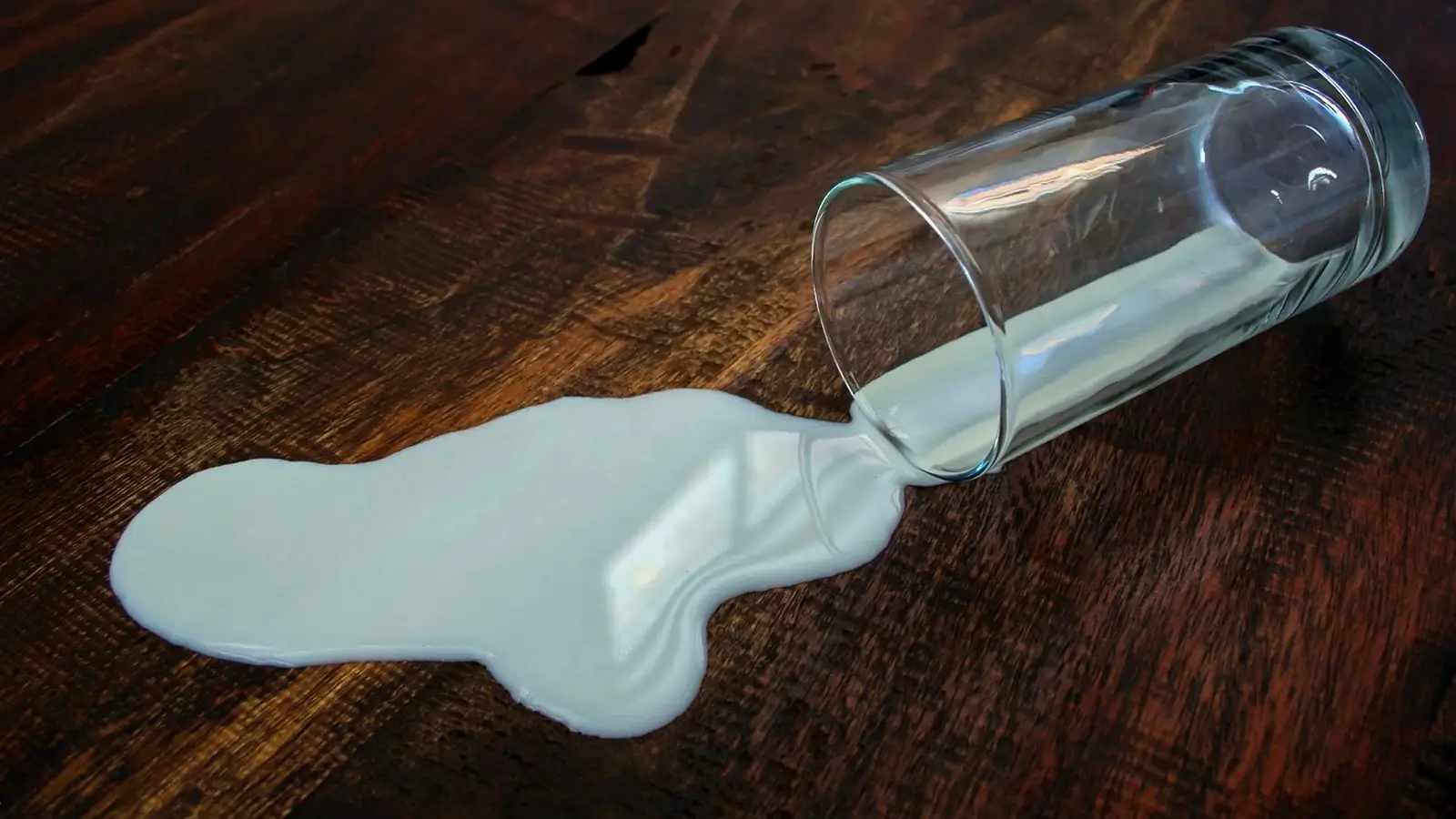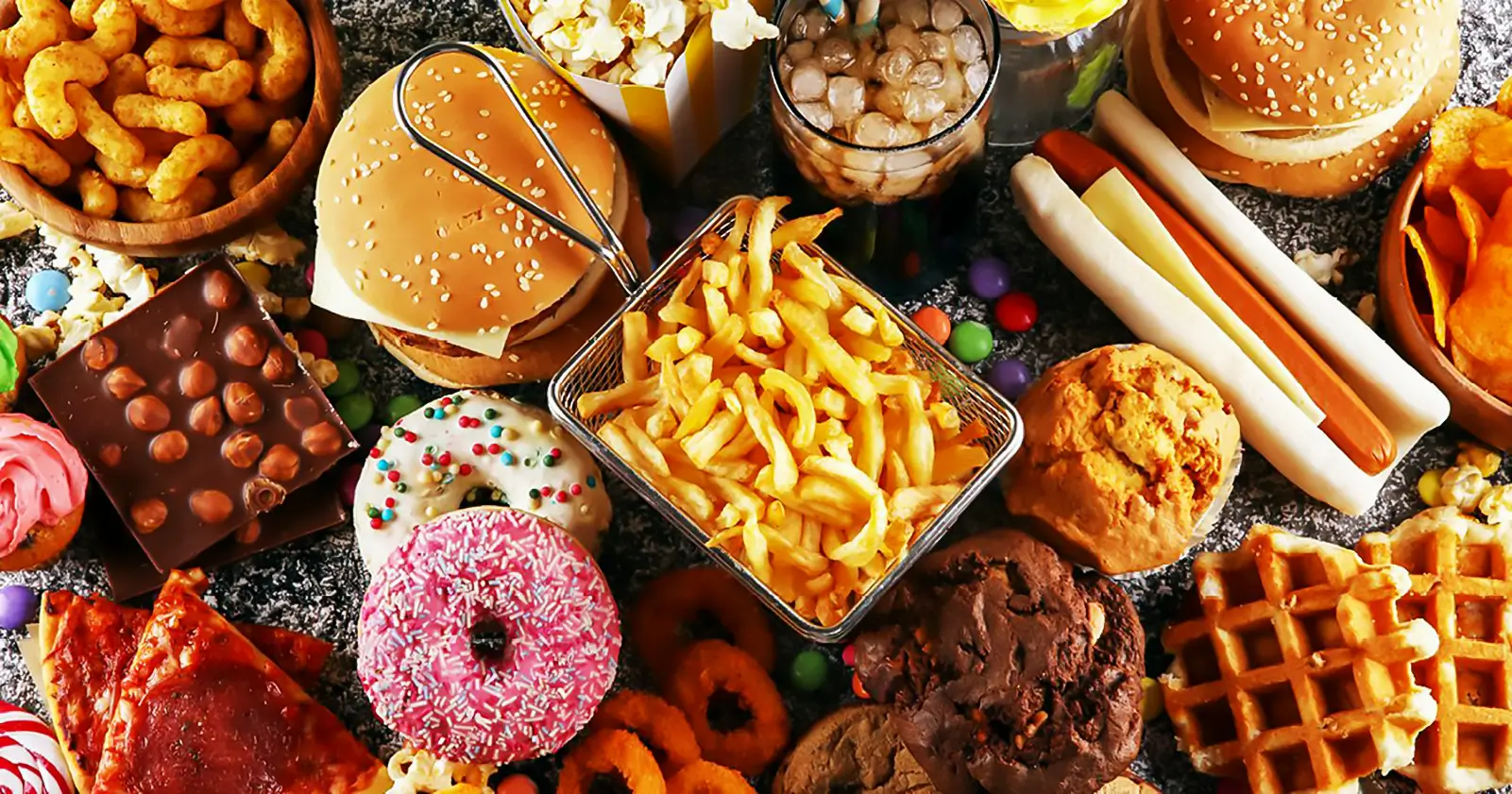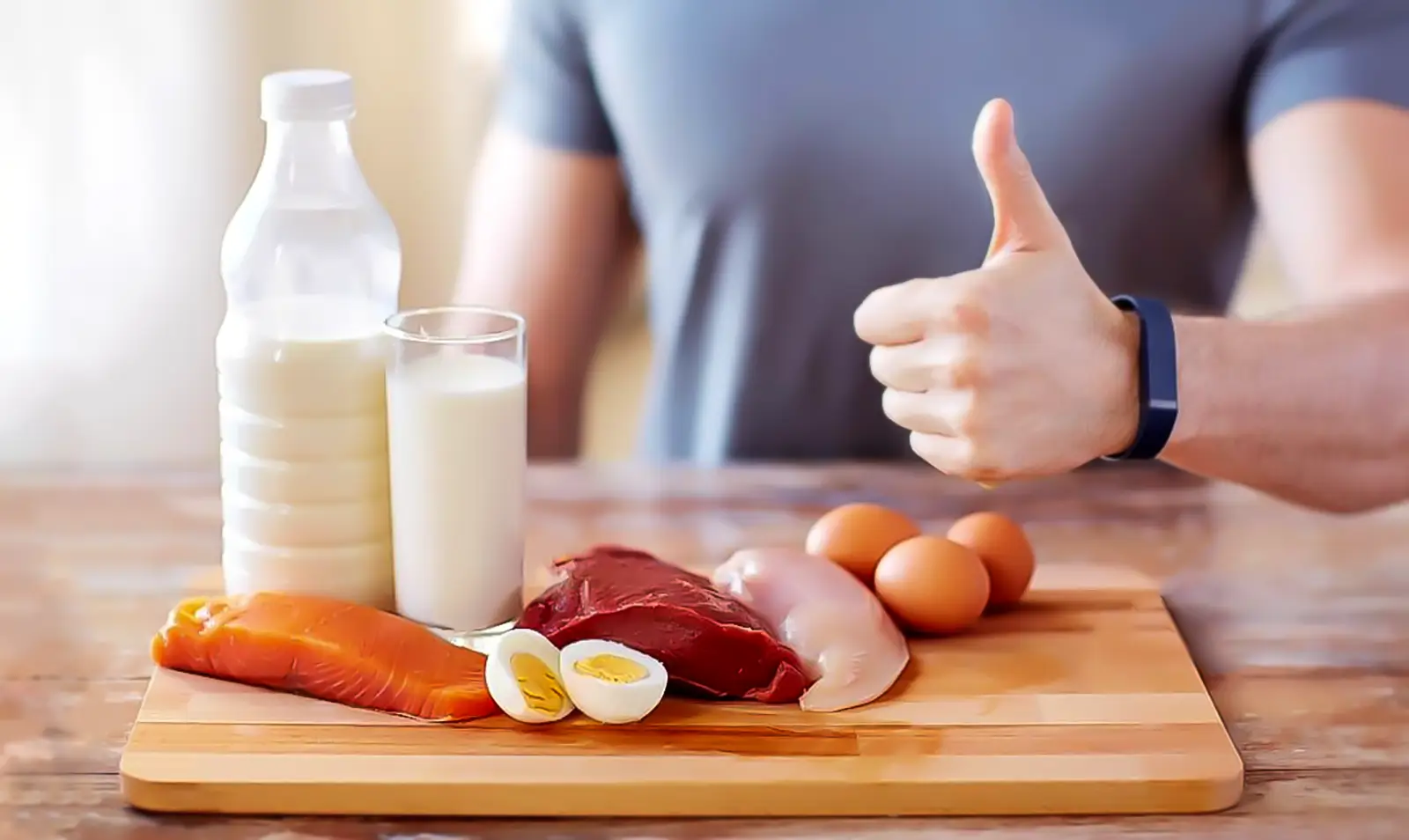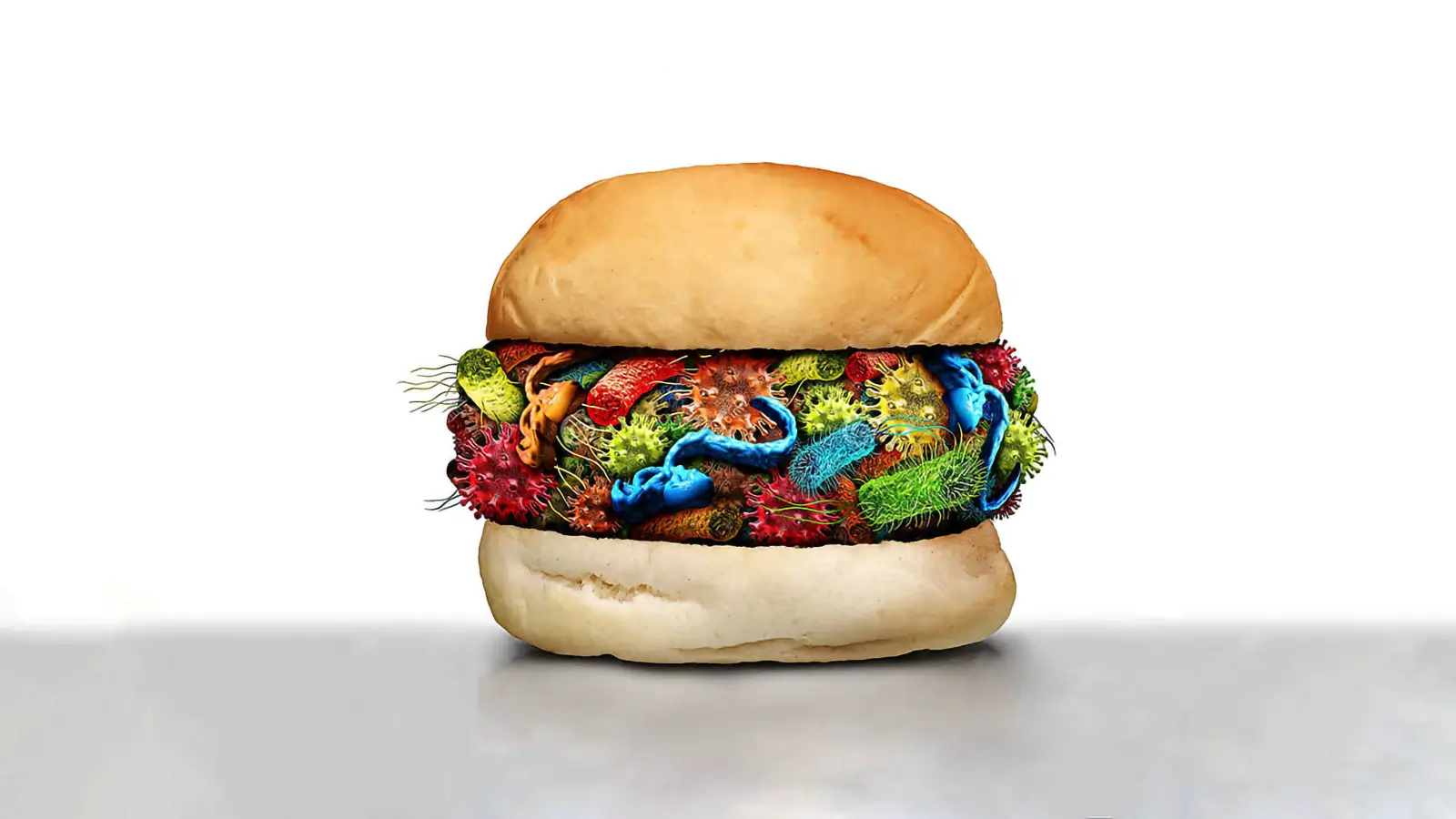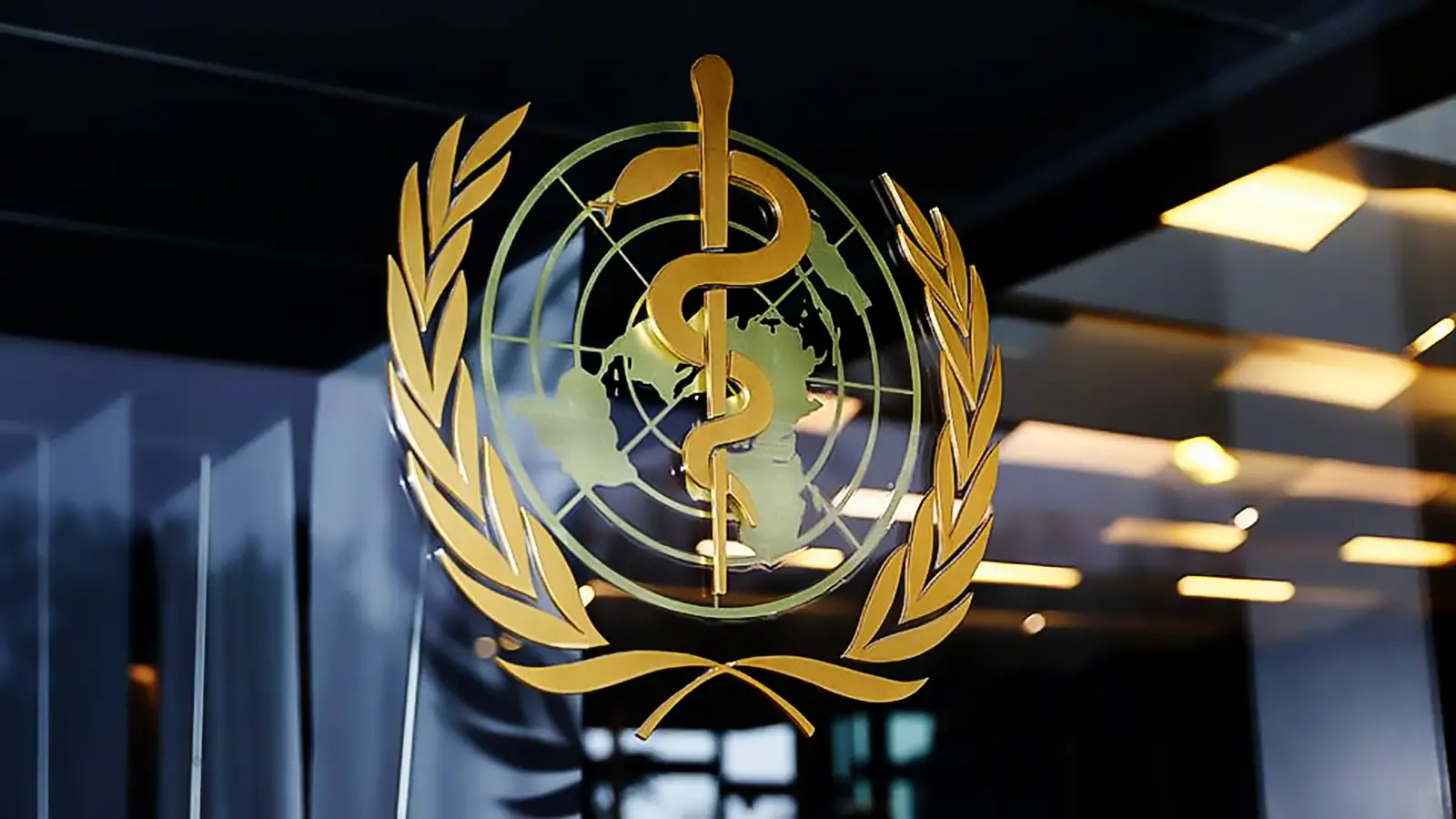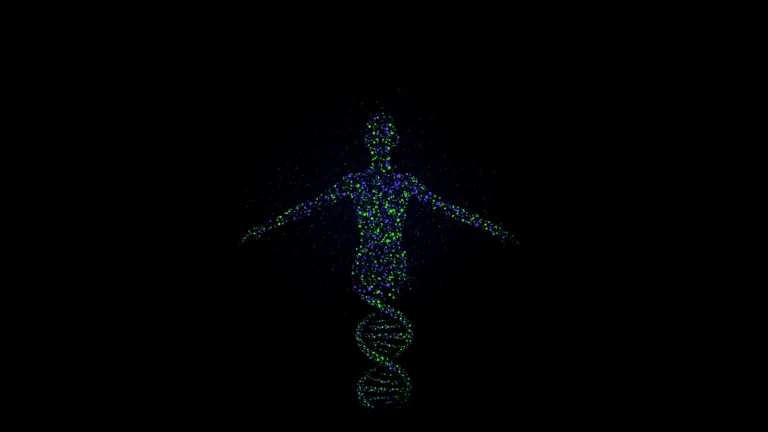Dieta Alta En Proteínas - Riesgo Para La Salud De Las Correlaciones
La escasez es la regla de las proteínas en la naturaleza. En términos evolutivos, los antropólogos han demostrado que los homínidos consumían una media de 15 a 25 gramos de proteínas al día. En la dieta occidental moderna, rica en proteínas, consumiríamos esa cantidad sólo en el desayuno.
Milos Pokimica
Escrito por: Milos Pokimica
Revisado Médicamente Por: Dr. Xiùying Wáng, M.D.
Actualizado el 10 de junio de 2023Principales Conclusiones:
- El consumo excesivo de proteínas puede aumentar el riesgo de enfermedades cardiovasculares, osteoporosis, inflamación, acidosis metabólica, niveles elevados de fósforo, mayor riesgo de cáncer, enfermedades autoinmunes y problemas renales.
- El consumo elevado de proteínas en la dieta conduce a niveles más altos de urea y otros subproductos metabólicos nocivos, que pueden tener correlaciones negativas para la salud. Los niveles elevados de BUN están relacionados con enfermedades graves como el estrés oxidativo, la inflamación, el cáncer, las enfermedades inmunitarias, las enfermedades cardiovasculares, las enfermedades neurológicas, el envejecimiento prematuro, etc.
- Seguir una dieta rica en proteínas no le ayudará necesariamente a perder peso o a ganar masa muscular.
- El consumo excesivo de proteínas se ha relacionado con un aumento de la inflamación y el estrés oxidativo, así como con un aumento del consumo de colesterol y grasas saturadas.
- Los estudios han demostrado que las proteínas de origen animal pueden causar un desequilibrio en el microbioma intestinal y ofrecer un perfil proinflamatorio. Las proteínas de origen vegetal pueden ser una mejor opción para la salud en general.
- Las personas que padecen enfermedades como insuficiencia renal, hepatopatía, diabetes o cáncer pueden tener que vigilar su ingesta de proteínas para no agravar su enfermedad.
Dieta rica en proteínas.
Toda la ciencia nos ha demostrado de forma repetida y concluyente, sin lugar a dudas, que si comes menos proteínas, estarás más sano, y que si sigues una dieta basada en alimentos integrales de origen vegetal, estarás más sano y vivirás más tiempo. La mayoría de la gente que lee esta frase tendría una respuesta negativa inmediata. Lo siento pero le han mentido toda su vida y con la ciencia real que aprendería en este artículo comprendería la verdad real. Después de leer este artículo usted puede hacer su propia investigación y yo recomendaría que usted reconsidere sus creencias que habían sido sistemática y deliberadamente incrustado en su mente subconsciente por su MD y por la industria.
Puede que incluso padezcas ansiedad si no consumes una cantidad excesiva de proteínas durante el día. Es una forma de Nerviosa de la misma categoría psicológica que anorexia nerviosa simplemente este tipo de desorden ficológico nunca es reconocido y tratado porque la industria y la medicina quieren que lo tengas por razones que entenderías si leyeras artículos correlacionados sobre medicina alopática y grandes farmacéuticas. Las dietas ricas en proteínas no son saludables sólo por las proteínas en sí, además, las proteínas vienen con un bagaje si usted come una dieta alta en proteínas dominada por los productos de origen animal. Si usted come una dieta alta en proteínas a base de plantas sigue siendo malo, no obstante, si se agrega constantemente proteínas en polvo en todas partes.
Una dieta alta en proteínas no te ayudará a perder peso, puede que te ayude a bajar el catabolismo de tu tejido mular aumentando el IGF-1 pero también te ayudaría a acumular daño en el ADN. A la dieta alta en proteínas no es congruente con los últimos 50 millones de años de evolución de los homínidos y tiene correlaciones de riesgo para la salud que usted aprendería en este artículo con todas las referencias científicas que necesita para seguir haciendo su propia investigación fuera de la propaganda dominante. Quiero decir esto otra vez.
Toda la ciencia nos ha demostrado repetidamente y de forma concluyente y sin lugar a dudas que si comes menos proteínas, estarás más sano y que si comes alimentos integrales basados en plantas estarás más sano de todos, y vivirás más tiempo.
Eso es lo que la ciencia nos ha demostrado repetidamente a través de experimentos. Sin embargo, ¿cuál es la razón principal de este estado de cosas?
Cuando comes a base de plantas, obtienes menos, y obtienes menos proteína completa. Esta es la única razón que se demostró con una amplia investigación que es el principal culpable de la longevidad y la salud. Comer mucha menos proteína que la dieta americana estándar comedores lo hacen. Y si no quieres creer y no te importa sigue leyendo.
Cuando se evita la ingesta excesiva de alimentos y se come sobre todo almidón u otros productos vegetales, ¿cuál es el efecto secundario de ello?
Los efectos secundarios son que simplemente comes muchas menos proteínas, y ese es el secreto que la industria conoce pero no quiere contarte. La ciencia está aquí y ha estado aquí durante mucho tiempo. Cuando todos esos científicos fueron a las zonas azules de la longevidad a investigar a los pueblos indígenas para encontrar la razón por la que la gente allí vive tanto y es tan saludable, simplemente pudieron decirte la verdad. Comen muchas menos proteínas. Pero no lo hicieron.
¿Por qué es tan difícil para la civilización occidental aceptar que las proteínas son veneno en cantidades excesivas?
¿Porque tendrás que comer menos pizza? Si comes menos productos animales, automáticamente comerás menos proteínas. Por la razón que comprenderás al final de este artículo, las proteínas se han convertido en "la vaca sagrada" de la nutrición, y no por casualidad.
Es política, moral y de cualquier otro modo malo hablar el verdadero la verdad sobre las proteínas. Basta con mirar a los médicos y nutricionistas de hoy en día. Para ellos es fácil decir come menos grasa y añade más carbohidratos o almidones o come grasas más sanas y menos almidones pero ¿qué pasa con la verdad real? ¿Por qué todos esos expertos en nutrición, médicos y científicos no te dicen la verdad?
Y eso es comer menos proteínas.
¿De dónde sacaban las proteínas los chinos de las zonas rurales de China? Sólo comen arroz blanco.
¿Y en las zonas rurales de la India o Nepal? ¿Dónde hay proteínas allí?
No digo que estas personas estén lo más sanas posible, no llevan una dieta óptima ni mucho menos, pero ¿dónde está su deficiencia de proteínas? Si obtienes la mayoría de las calorías del arroz seguramente según el estándar americano, hace tiempo que habrás superado la deficiencia de proteínas. Sin embargo, adivina qué, estas personas siguen ahí, y no tienen ninguna, no sólo proteína, sino ninguna deficiencia individual de aminoácidos y sus hijos no tienen Kwashiorkor.

Alguien te mintió, y ese alguien es tu médico habitual.
Estas personas que no reciben proteínas en su dieta según los estándares occidentales viven una vida muy larga, y son muy saludables. Bueno, siempre y cuando no se muden a las grandes ciudades para trabajar en fábricas o se muden a occidente y aumenten su consumo de proteínas o, en otras palabras, de productos animales. Entonces empiezan a tener una enfermedad crónica. Asi que no tiene nada que ver con los niveles de grasa o carbohidratos que comieron de fuentes vegetales. Sólo con los niveles de proteínas animales completas que comían. Y esa es la verdad, el elefante en la sala de estar, del que a nadie le gusta hablar o siquiera mencionar.
Autofagia.
Ya he mencionado el mecanismo conocido como autofagia (autocomida en griego antiguo)( La restricción de calorías, la Autofagia, la Longevidad, y la pérdida de masa Muscular).
Imagina que así no pierdes proteínas.
Permítanme escribir esto de nuevo, usted, su cuerpo se ha adaptado evolutivamente para salvar todo lo que se puede salvar incluyendo sus células muertas. Cada célula que muere en tu cuerpo, no importa lo que sea, si no es infecciosa, será reciclada. Te comes a ti mismo todos los días. Incluso comes como un vampiro tu propia sangre. El color de las heces es consecuencia de la digestión de la hemoglobina. Cualquier célula que muera en tu cuerpo será reciclada. Un glóbulo rojo, cualquier otra célula inmune cualquier célula de órgano, y así sucesivamente. Permítanme escribir esto de nuevo para todos esos culturistas que están ahí fuera, no pierdes ninguna proteína, sólo se recicla una y otra y otra vez hasta que mueres.
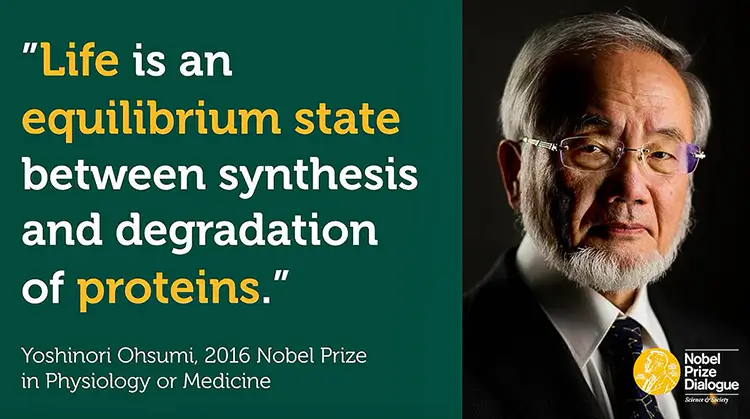
Porque é que são obrigatórias 25 gramas, bem, porque perdemos algumas, mas só quando comemos.
Si no comes, no pierdes nada pero cuando comes algunas de tus propias células del tracto digestivo se perderán. Su caca es el marcador y cuando se mide el hombre medio de 150 libras pierde alrededor de 25 a 35 gramos al día de su propia proteína del revestimiento intestinal como consecuencia de la digestión de los alimentos o de otros factores. El hombre medio también perderá parte de la proteína en el crecimiento de las uñas, el pelo y la piel. Pero se trata de un par de gramos al día. Esta es la línea de pensamiento aceptada hoy en día por las facultades de medicina.
Todo lo que supere los 25 gramos debe ir a la producción de energía, y ahí está tu nitrógeno. Sin embargo, también quiero mencionar esto, muchos indígenas comen mucha menos proteína y viven una vida sana completa. Los 25 gramos que perderá en excrementos corresponden a una dieta americana estándar poco saludable. Hay algunos indígenas en África capaces de vivir toda su vida con 15 a 20 gramos de proteína al día. La verdad es que cuanto más sana sea la dieta, menos se pierde. El reciclaje es la verdadera respuesta. Si comes menos, reciclas más. Si comes más, pierdes más. Nuestro cuerpo es inteligente y sabe cómo mantenernos en equilibrio.
Cuando se leen de 25 a 35 gramos, incluso eso es extremadamente generoso. En realidad, necesitamos incluso menos que eso. Sería mejor que le dijeras esto a tus chicos de fraternidad manipulados por el gimnasio 200 gramos de proteína al día. Las proteínas tienen un efecto mucho más tóxico en nuestro organismo de lo que puedas creer. Incluso puede provocarte cáncer. Sin embargo, espera proteus viene del griego antiguo y significa el primero o primario, y todo el mundo que conoces siempre te ha dicho que la proteína es uno de los macronutrientes más importantes. Los científicos te dirán que cada célula de tu cuerpo está hecha de proteínas y cuál es el resultado. El resultado es que empezamos a pensar que cuanta más proteína, mejor, y que debemos consumirla en grandes cantidades y por supuesto comer todos los productos alimenticios que tienen un alto porcentaje de proteínas como la carne y los lácteos.
Sin embargo, si reciclas las proteínas casi al 100 por cien y pierdes sólo una pequeña cantidad, entonces ¿qué va a pasar con toda esa proteína extra que comes?
Tu cuerpo no la necesita, por lo que va a ser transformada en grasa para su posterior uso energético. Para empeorar aún más las cosas, las proteínas formadas por aminoácidos son una de las cosas más escasas de la naturaleza, por lo que nuestro cuerpo ha adaptado mecanismos especiales para absorber extremadamente bien toda esa proteína. Más del 80 por ciento de las proteínas de los alimentos que ingieres van a ser absorbidas, y eso se debe a que los aminoácidos son lo único que nuestro cuerpo absorbe activamente. ¿Qué significa esto?
Significa que nuestro cuerpo hará todo lo posible para absorber todos los aminoácidos que pueda.
No somos capaces de regular a la baja la absorción de proteínas. Nunca hemos tenido este problema en nuestra evolución hasta ahora. En cambio, los minerales, por ejemplo, se absorben pasivamente en el torrente sanguíneo. Sólo pasan por los intestinos, y nuestro cuerpo no hace nada excepto dejar que algunos de ellos pasen de forma natural por la línea interna. Les cuesta mucho ser absorbidos. Es porque en la naturaleza en condiciones normales hace millones de años la comida estaba llena de minerales, y nuestros cuerpos no necesitaron desarrollar ningún mecanismo para la absorción de minerales. Incluso compiten entre ellos por la absorción, y nuestro cuerpo no hace nada por absorberlos. Los minerales sólo se absorben en la circulación por difusión. Sin embargo, ahora cuando comemos productos de la tierra que es deficiente en minerales y sólo tiene un pequeño número de minerales que provienen de fertilizantes caídos artificialmente y no tenemos un mecanismo para la absorción de minerales, pero tenemos todos los productos de origen animal que podemos comer la situación va a ser mala.
Tendremos abundancia de proteínas en nuestra dieta como nunca antes y careceremos de la mayoría de los minerales que necesitamos. En la actualidad, o al menos la mayoría de nosotros, somos completamente deficientes en la mayoría de los oligoelementos y en algunos de los minerales esenciales, y estamos sobrecargados con demasiadas proteínas de absorción proactiva que nuestro cuerpo necesita tratar.
La escasez es la regla de las proteínas en la naturaleza.
¿Cuántas proteínas tiene, por ejemplo, una taza de col rizada? Tiene 5 gramos de proteína. Y esta proteína es tan completa como cualquier proteína animal o cualquier otra proteína "completa" que puedas imaginar. No existe tal entidad como una proteína incompleta. Cada proteína en la tierra de cualquier fuente de alimento tiene todos los aminoácidos esenciales. Cuando se habla de la completitud de la proteína, se habla de las similitudes de la fuente de proteína con la nuestra. Cada proteína tiene todos los aminoácidos esenciales, pero en proporciones diferentes. Por lo tanto, cuando se habla de integridad se hace referencia a la proporción de aminoácidos en la proteína que coincide con la proporción de aminoácidos en nuestras propias células. Esto puede tener correlaciones con la salud pero mientras comas más de dos cosas diferentes en tu vida y no estés crónicamente desnutrido estarás bien.
Toda la historia sobre la integridad de las proteínas es una completa mentira. Cada alimento correcto tendrá un perfil diferente de aminoácidos.
Si comes diferentes alimentos obtendrás diferentes perfiles de aminoácidos, ¿cómo se llama eso? Se llama proteína completa. ¿Por qué? Porque nuestro cuerpo tiene una reserva, un pull de aminoácidos esenciales que se rellenan con varios aminoácidos esenciales cuando están en exceso.
¿Cuál es el primer problema de las proteínas?
Nitrógeno.
El primer problema es que nuestro metabolismo es muy eficiente a la hora de convertir los carbohidratos en grasas y viceversa, pero cuando se trata de proteínas, la cosa cambia por completo. Las proteínas son macronutrientes únicos y diferentes de los otros dos.
¿Por qué son tan diferentes las proteínas?
Es porque contiene un átomo llamado nitrógeno. Todas las proteínas contienen nitrógeno.
¿Cuál es entonces el problema con este nitrógeno? Bueno, el cuerpo necesita hacer algo con ese nitrógeno para poder utilizar las proteínas como energía. Lo que hace ese nitrógeno es contaminar todo el proceso. Queremos quemar limpio y permanecer libre de toxinas. El nitrógeno es un subproducto sucio que el cuerpo necesita tratar. Nuestras células no necesitan ser sobrecargadas con subproductos tóxicos de la producción de energía. Las sobrecargarán y crearán daños.
Si tenemos demasiado nitrógeno en el cuerpo, sufriremos sus efectos tóxicos. Puede que no sintamos el dolor inmediato, pero el daño estará ahí. A modo de comparación inicial, tampoco sientes las células cancerígenas creciendo en tu interior. En cuanto a la excreción de nitrógeno amino, el reino animal puede clasificarse en organismos amonotélicos (amoníaco), ureotélicos (urea) y uricotélicos (ácido úrico), dependiendo de la naturaleza de la sustancia eliminada. Este proceso de eliminación del nitrógeno se conoce como balance nitrogenado.
Los residuos nitrogenados incluyen amoníaco, ácido úrico, ureay creatinina.
El grupo amino que contiene nitrógeno se elimina y se convierte en amoníaco. La urea, el principal producto de desecho nitrogenado de anfibios y mamíferos, se sintetiza en el hígado a partir de amoniaco y dióxido de carbono mediante una secuencia de reacciones, conocida como ciclo de la urea. La urea se produce como vehículo soluble no peligroso para la eliminación del exceso de nitrógeno procedente del catabolismo de los aminoácidos. Una de las principales funciones del hígado es biosíntesis de la urea.

Este desecho metabólico es básicamente lo que forzamos a hacer a nuestro cuerpo cuando comemos más de 30 gramos de proteína en un día. Si usted tiene enfermedad renal o un problema con los riñones que tendría que trabajar más para deshacerse del nitrógeno extra y de los productos de desecho del metabolismo de las proteínas.
Estas complicaciones metabólicas perjudiciales en el metabolismo de las proteínas se suman a todas las demás correlaciones con la salud que tiene una dieta rica en proteínas.
Cuando tenemos una alta ingesta dietética de proteínas también tendremos niveles más altos de urea y otros productos de desecho nitrogenados.
Se trata de una consecuencia que no podríamos evitar. Numerosos estudios han demostrado que un consumo elevado de proteínas en la dieta se asocia a concentraciones más elevadas de nitrógeno ureico en sangre (BUN). Por ejemplo, se realizó un estudio cruzado de 24 hombres jóvenes sanos que consumieron una dieta rica en proteínas de 2,4 g/kg al día, frente a una dieta con un nivel "normal" de proteínas de 1,2 g/kg al día (Frank y otros, 2009). Esta dieta proteica normal era en realidad por sí misma una dieta rica en proteínas. Siguieron una dieta durante 7 días cada uno y se midieron las concentraciones de BUN. Las concentraciones de BUN fueron significativamente más altas durante el período de ingesta proteica más alta que durante el período de ingesta proteica normal. En este estudio (Weiner y otros, 2015) hubo una reducción del BUN con la restricción de proteínas en la dieta. Si hay una cosa que no quieres es urea elevada. Tiene tantas correlaciones negativas para la salud que es terrible. Por sí misma está correlacionada con un gran número de enfermedades graves. Casi todo lo que es correlacionado con la inflamación crónica del cáncer a enfermedades inmunológicas a enfermedades cardiovasculares a disfunción endotelial a enfermedades neurológicas a envejecimiento prematuro a lo que quieras puedes añadir aquí.... La teoría sostiene que los altos niveles circulantes de BUN, al aumentar la carbamilación de proteínas (la carbamilación de proteínas es un sello distintivo del envejecimiento) generan especies reactivas de oxígeno o, en otras palabras, radicales libres. Un aumento de ROS conduce a un aumento del estrés oxidativo y la inflamación.
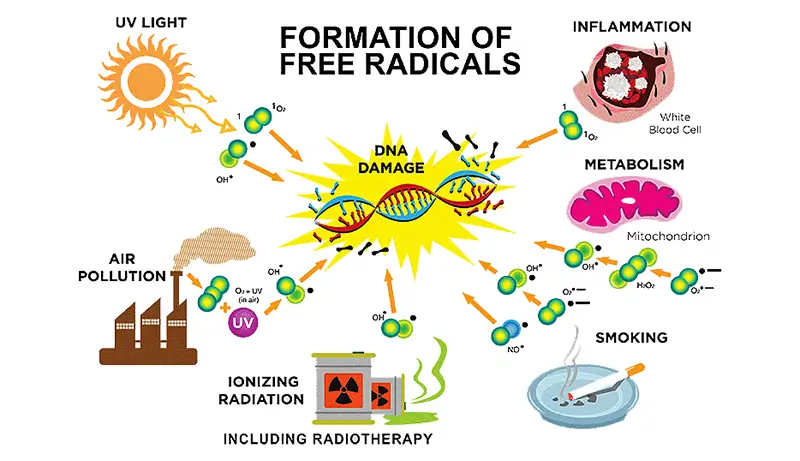
Acidosis metabólica.
A una dieta con alto consumo de proteínas también podría provocar acidosis metabólicaespecialmente entre los pacientes con enfermedad renal crónica (ERC) que ya tienen alterada la excreción de ácido y la generación de bicarbonato. La situación es aún peor si la fuente de la proteína son alimentos de origen animal. Además, el ácido de la dieta también podría ser un factor de riesgo para la ERC a través de mecanismos intrarrenales que incluyen la estimulación de la producción de aldosterona, la producción de angiotensina II y endotelina-1, así como la generación de amoníaco. Todo ello favorece la lesión renal a través de la inflamación y la fibrosis (Wesson y otros, 2020). Se calcula que la dieta SAD (dieta americana estándar), en la que las proteínas comprenden en el mejor de los casos no menos del 15% de las calorías, produce una carga de ácido en la dieta de aproximadamente 1 mEq/kg al día, lo que es mucho o bastante más de lo que nuestro cuerpo está acostumbrado. La mayor parte de ese ácido procede del metabolismo de alimentos de origen animal como las carnes, los huevos y, especialmente, los quesos (Lennon y otros, 1966).
Por el contrario, al incluir una mayor proporción de alimentos con alcalinidad natural, como frutas y verduras, se consigue un la dieta vegana es casi neutra en ácidos. Los alimentos de origen vegetal pueden utilizarse para reducir tanto la carga ácida de la dieta como la gravedad de la acidosis metabólica (Scialla y Anderson, 2013). Del mismo modo, también se ha demostrado que una baja ingesta de proteínas en pacientes con ERC avanzada sin diálisis atenúa la gravedad de la acidosis metabólica.
Niveles de fósforo.
La ingesta de proteínas en la dieta también está estrechamente relacionada con la ingesta de fósforo. El consumo de proteínas puede representar el 84% de la ingesta de fósforo en la dieta. El fósforo elevado o (Hiperfosfatemia) es un factor grave o uno de los principales factores de mortalidad en pacientes con ERC. Si tiene problemas con los riñones, el consumo de fósforo en la dieta tiene que ser controlado. Varios estudios epidemiológicos a gran escala también han encontrado otras correlaciones con la hiperfosfatemia. Los niveles elevados de fósforo (incluso dentro del rango normal) también se asocian con un mayor riesgo de mortalidad en enfermedades cardiovasculares, incluso en individuos con una función renal normal. La razón de que esto ocurra es la calcificación de las arterias y es una ciencia complicada que probablemente no le interese conocer. El fosfato dietético aumentará la expresión del factor de crecimiento de fibroblastos 23 y los niveles elevados de FGF-23 se asocian con calcificaciones vasculares entre los pacientes con ERC e hipertrofia ventricular izquierda en animales de experimentación con uremia.
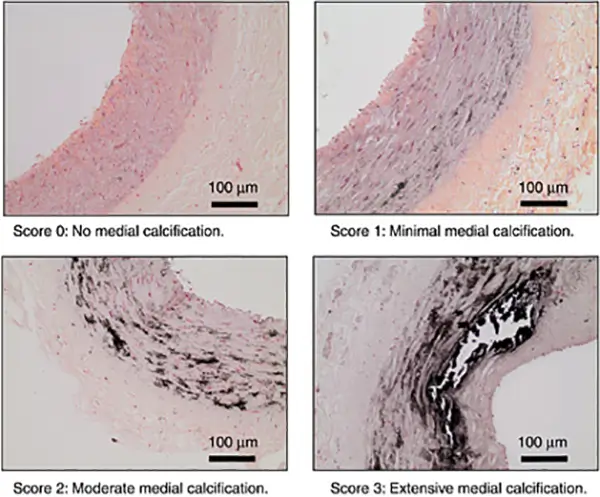
IGF-1.
Existe un mayor nivel de correlación entre una dieta rica en proteínas y el cáncer que entre el tabaquismo y el cáncer de pulmón.
Una de las razones por las que una de cada cuatro personas morirá de cáncer no es la genética, sino una dieta rica en proteínas. Una dieta alta en proteínas es la sustancia cancerígena de nivel número uno en existencia y la principal fuerza impulsora detrás de la epidemia de cáncer. Ya escribí sobre la correlación entre las dietas altas en proteínas y la autofagia, así que no entraré en detalles aquí. Puedes leer artículos correlacionados.
Estresar nuestros órganos y crear acidez e inflamación es un problema aparte de las dietas ricas en proteínas. El problema número uno es que esta dieta no es congruente con nuestra evolución. Hambre constante es congruente con nuestra evolución y escasez de aminoácidos. Lo que esto significa es que nuestro cuerpo no repararía las células dañadas mientras haya un alto contenido de proteínas en la dieta.
En términos evolutivos, los antropólogos han demostrado que los homínidos vivían con una media de 15 a 25 gramos de proteínas al día. En la dieta occidental moderna, consumiríamos esa cantidad sólo en el desayuno. Y la consecuencia es una parada completa de la autofagia.
Cuando comemos demasiada proteína, especialmente si se trata de proteína de "alta calidad" de origen animal con altos niveles de aminoácidos esenciales, nuestro cuerpo excretará la hormona IGF-1. La IGF-1 se une a los receptores en las células y da una señal a las células de que hay aminoácidos en la sangre. Lo que hace la IGF-1 es unirse a receptores en las células y dar una señal a las células de que hay aminoácidos en la sangre. Esta es una señal para la división celular. En las células normales, haría mucho pero en las células cancerosas, encendería una división rápida. Incluso peor que esto, si es que existe tal cosa, es que si ya hay células dañadas no serán destruidas mientras haya un alto nivel de IGF-1.
Nuestro cuerpo no canibalizaría las células precancerosas y mutadas si existe una mayor nivel de IGF-1 en la sangre. Nuestro cuerpo aprendió a través de la evolución que el hambre está a la vuelta de la esquina y para preservar la nutrición dejaría todas las células para su uso posterior. Sólo entonces, en tiempos de ayuno, se activará la autofagia. Cómo funciona esto, en realidad, es que si hay una célula dañada y una célula normal y algunas de las células necesitan ir a la energía, las primeras en la línea para ser destruidas son las células dañadas. Pero si hay una proteína de alta calidad y la alimentación constante autofagia nunca va a suceder. Esto conduce a la acumulación de daños en el ADN en el tiempo. Estas mutaciones se correlacionan con una amplia gama de enfermedades, no sólo el cáncer.
La correlación de la dieta alta en proteínas con el cáncer es inquebrantable y tengo que decir que lo siento, pero ni siquiera es un tema de debate. Es una de las principales razones de la epidemia de cáncer.

Mimetismo molecular.
¿Sabía que los gemelos idénticos rara vez manifiestan la misma enfermedad autoinmune?
Enfermedades autoinmunes no tienen nada que ver con la genética. Mimetismo molecular ofrece una explicación a las pruebas epidemiológicas documentadas de que las infecciones microbianas y/o víricas suelen preceder a los trastornos autoinmunitarios. Además, algunas enfermedades autoinmunes son consecuencia del consumo de proteínas de "alta calidad" de origen animal.
No entraré aquí en un análisis en profundidad. Hay artículos correlacionados que puede leer sobre este tema. La explicación más simplista es la siguiente.
El ser humano es una especie herbívora como cualquier otra especie de primate de este planeta. La diferencia entre omnívoros y herbívoros en un aspecto es una resistencia biológica a la bacterias de putrefacción de la carne conocido como filtro de resistencia. Esto significa que si un animal come carne esa carne viene con bacterias putrefactoras. Estas especies de bacterias no sólo se alimentan de carne podrida, sino también de carne viva. Nuestra carne también está en el menú. Las bacterias son especies muy especializadas en el tipo de energía que son capaces de consumir. Unas comen carne otras fermentan la fibra y todas ellas no son probiótico. Por eso, más del 80 por ciento de nuestro sistema inmunitario o más del 80 por ciento de los ganglios linfáticos se encuentran en nuestro intestino. Una red que se conoce como GALT, tejido linfoide asociado al intestino. Las bacterias que fermentan la fibra no van a hacernos daño. Este tipo de bacterias no pueden hacernos ningún daño. Así que toda la charla sobre probióticos e intestino microbiota es porque consumimos carne y otros productos animales y eso alimenta a las bacterias malignas que putrefactan los cadáveres. La forma en que los verdaderos omnívoros y carnívoros lidian con esto es que tienen un tiempo de tránsito muy corto y un colon muy corto. Los omnívoros en su colon no fermentan nada y básicamente, sólo deshidratan los restos de la digestión antes de vaciarlo todo. Nosotros y otros herbívoros extraemos energía de la fermentación y tenemos colones largos con largos tiempos de tránsito. Además, las verdaderas especies omnívoras tienen un filtro de resistencia muy alto. Esto significa que su sistema digestivo superior es básicamente estéril.
Tienen una enorme capacidad para excretar ácidos estomacales, tanto que pueden comer carne podrida sin problemas. Los carnívoros y los verdaderos omnívoros son capaces de digerir no sólo huesos, sino también metales. La razón por la que podemos comer productos animales es porque utilizamos energía térmica o fuego para eliminar todas las bacterias antes de comer. Es la razón por la que es obligatorio por ley tener todo pasteurizado. Tenemos que tener pasteurización porque no somos omnívoros sino especies herbívoras que usan tecnología. Pero incluso si somos capaces de consumir carne odiándola eso no significa que seamos capaces de digerirla correctamente.
Como tenemos niveles bajos de ácido, puede que acabemos con algunas proteínas sin digerir en el torrente sanguíneo.
Cuando la proteína es destruida por el ácido lo único que queda es el individuo aminoácidos. Pero en algunos casos en los que las proteínas no se digieren completamente debido a niveles bajos de ácidos, estos aminoácidos pueden atravesar el revestimiento intestinal y llegar al torrente sanguíneo. Si tenemos intestino permeable o Enfermedad de Crone o inflamación intestinal debida a alergias alimentarias o infecciones, las proteínas no digeridas acabarán en la sangre.
Cuando esto ocurre, nuestro sistema inmunitario no sabe que esta cadena de aminoácidos es sólo una proteína no digerida. También podría ser un invasor extraño. Cuando hay más de un aminoácido individual flotando en la sangre, nuestro sistema inmunitario crea anticuerpos contra esa secuencia de aminoácidos. Si la secuencia de aminoácidos es la misma que la secuencia de aminoácidos de algunas de nuestras células vivas, nace el horror de la enfermedad autoinmune intratable.
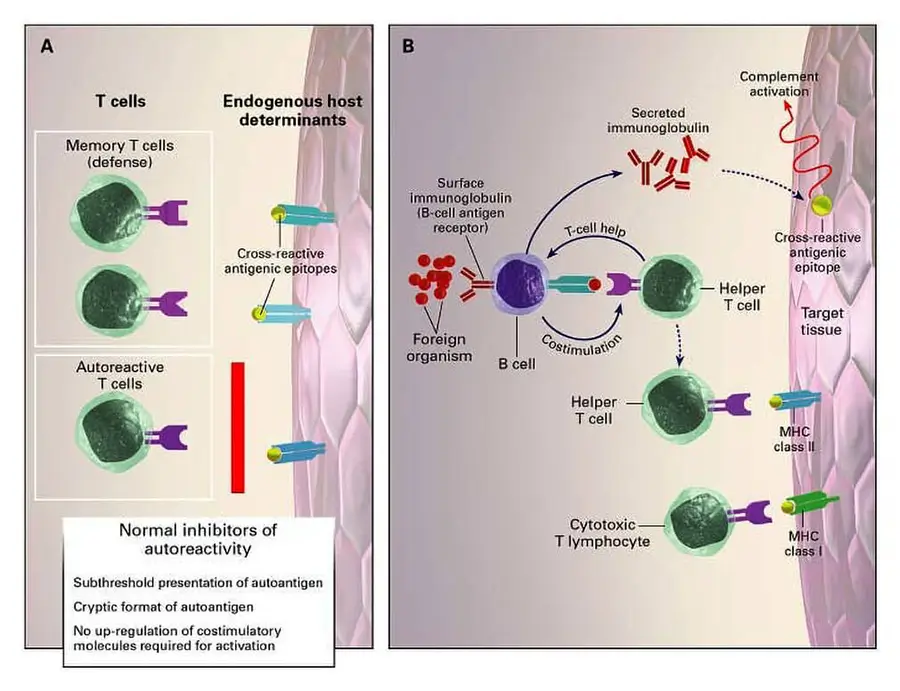
Esto es especialmente problemático si consumimos carne porque, en cierto sentido, toda la carne es igual hasta cierto punto. No tenemos que comer carne humana para contraer una enfermedad autoinmune. Las proteínas vegetales tienen un perfil de aminoácidos muy diferente e incluso si tenemos algunas de las proteínas no digeridas que se filtran en el torrente sanguíneo las posibilidades de desarrollar afecciones autoinmunes son bajas. Pero con las proteínas animales, la probabilidad es mucho mayor. Un buen ejemplo sería el consumo de Leche con beta-caseína A1 de una vaca europea estándar que tiene la misma secuencia de aminoácidos que las células beta productoras de insulina del páncreas.

Problemas renales.
Ya en 1928 se observó en un modelo de rana que los aminoácidos podían aumentar el flujo sanguíneo a los riñones (Watzadse, 1928). Cuando hablamos de exceso de proteínas y posible daño renal tiene cien años de historia. No es un tema que un gurú de gimnasio local sea capaz de desacreditar. Y no sólo en las ranas.
Estudios posteriores en especies de mamíferos como ratas y perros también obtuvieron resultados similares (O'Connor y Summerill, 1976), (Hostetter et al., 1986), (Kamper y Strandgaard, 2017). En un estudio realizado en perros, el aumento de la TFG (un marcador de hiperfiltración) fue dosis-dependiente con el consumo de carne. El aumento máximo alcanzó casi 80% (MOUSTGAARD, 1947). Incluso en especies carnívoras como los perros, se produce este estrés en los riñones. ¿Qué pasaría entonces con las especies herbívoras que nunca han tenido una dieta rica en proteínas, como es el caso de los primates, incluidos los humanos?
Los datos humanos, y esto es ciencia aceptada, sólo que no se habla demasiado de ello fuera de los círculos médicos, también muestran hiperfiltración con alto consumo de proteínas (Kamper y Strandgaard, 2017). Hay una correlación entre los usuarios de esteroides y culturistas que tradicionalmente consumen más de 200 gramos de proteína por día que han muerto o tienen complicaciones renales. Es una de las cosas que los culturistas tienen un riesgo, que viene con un estilo de vida, pero no suelen hablar mucho fuera de la comunidad, sobre todo porque hay esteroides que son agudamente tóxicos para las células renales como Boldenona (Equipoise) (El culturismo con esteroides daña los riñones, 2009), (Almukhtar y otros, 2015).

El mayor ensayo a corto plazo (<6 meses) que pude encontrar mostró que una dieta alta en proteínas (esto significa que las proteínas comprenden no menos de 25% de las calorías) había aumentado la nefrotoxicidad después de sólo 6 semanas (aumento de la TFG) en comparación con una dieta baja en proteínas. Una dieta rica en proteínas tarda menos de dos meses en mostrar nefrotoxicidad en personas sin enfermedades renales preexistentes. Una dieta baja en proteínas se define como una dieta que tiene un máximo de 15% de calorías procedentes de fuentes proteicas (Kalantar-Zadeh et al., 2020), (Knight et al., 2003). En las fases iniciales, la hiperfiltración glomerular se presenta como un aumento de la TFG pero que con el tiempo conduce a una pérdida de la función renal. Comienza como un estrés agudo que si continúa conduce a un daño permanente.
A diferencia de las células hepáticas, los riñones son incapaces de regenerarse. Una vez dañados, el daño es permanente durante toda la vida.
Esa es una razón por la que no quieres ni pensar en estresar tus riñones, neto nunca, ni una sola vez. Estás jugando con una discapacidad permanente. Peor aún si usted ya tenía un problema entonces esta pérdida de la función renal es particularmente pronunciada. En aquellas personas con enfermedad renal crónica subyacente o con riesgo de enfermedad renal crónica la pérdida de función renal es especialmente pronunciada (Kalantar-Zadeh et al., 2020).
Durante mucho tiempo, este fue un tema tabú, incluso mencionarlo a las personas que tienen dietas estándar altas en proteínas fue ridiculizado, especialmente porque hay estudios que no mostraron ninguna correlación. Incluso cuando se ha demostrado hoy en día mediante estudios observacionales a largo plazo y ensayos controlados con placebo, todavía no se acepta en algunos círculos médicos y en el público en general porque, de nuevo, hay estudios que no muestran una correlación. Hacen falta un par de estudios para que sirvan de excusa a toda la industria para poder ignorar todo el resto de la ciencia. El resultado final es que hablar de este tema simplemente se ignora.
A día de hoy existen cientos de estudios observacionales a largo plazo realizados en humanos y todos ellos han mostrado una asociación entre el consumo de dietas ricas en proteínas y el deterioro de la función renal.
No sólo en personas con enfermedad renal crónica existente o preexistente, sino en todos los individuos. Dos de los más importantes son el Estudio de Población de Gubbio y el Estudio de Salud de las Enfermeras (Knight et al., 2003), (Cirillo et al., 2014). Estudio sobre la salud de las enfermeras duró 11 años y fue un estudio observacional. En el estudio de Nurse en mujeres con insuficiencia renal leve, cada aumento de 10 g en la ingesta de proteínas se asoció significativamente con un cambio significativo en los marcadores renales que no se observó en la población con función renal normal.
El estudio de Gubbio fue un estudio poblacional de 1.522 participantes de entre 45 y 64 años (Cirillo et al., 2014). Una mayor ingesta de proteínas se asoció con una menor función renal después de 12 años, incluso entre los participantes con o sin enfermedad renal crónica preexistente.
Otros estudios observacionales a largo plazo han hallado una asociación similar entre el consumo elevado de proteínas y el deterioro de la función renal. Recientemente, un gran estudio iraní de 1.800 personas que duró 6 años demostró que quienes consumían un exceso de proteínas en forma de dieta baja en carbohidratos y rica en proteínas también presentaban un mayor riesgo de enfermedad renal crónica (Farhadnejad y otros, 2019).
Esto sigue siendo un gran problema para que se acepte porque de nuevo hay estudios que no han demostrado ningún efecto de las dietas ricas en proteínas sobre la función renal. Y a la industria le encantan.
Existe una posible explicación. Ésta es también mi opinión personal. Los efectos insignificantes observados en algunos de los estudios a largo plazo pueden atribuirse a los efectos contrapuestos de la hiperfiltración (un aumento de la función renal) y el daño renal de la hiperfiltración (una disminución de la función renal). Esto es un poco difícil de entender si no se tiene formación científica.
Por ejemplo, un ensayo clínico aleatorizado de participantes a los que se les ha recetado el Dieta Atkins (contenido proteico de alrededor de 30% de la ingesta energética total) frente a una dieta de control (contenido proteico de alrededor de 15% de la ingesta energética total) durante 12 meses informó de un aumento en el aclaramiento de creatinina entre los participantes en el brazo de la dieta Atkins, lo que sugiere hiperfiltración (Cirillo et al., 2014).
Sin embargo, las diferencias en el aclaramiento de creatinina entre los grupos con dieta Atkins y control se atenuaron tras 24 meses de observación, lo que puede indicar que el aumento a corto plazo de la TFG con una ingesta elevada de proteínas puede ir seguido de un descenso de la TFG con el tiempo, posiblemente como resultado de una lesión renal (Cirillo et al., 2014).
La hiperfiltración también puede aumentar el riesgo de proteinuria. La proteinuria es la presencia de un exceso de proteínas en la orina.
La presencia elevada de proteínas en la orina no es un buen indicador de la función renal. Existe una larga serie de estudios que han demostrado una relación entre el consumo elevado de proteínas y el aumento de la proteinuria y/o albuminuria como indicador precoz de daño renal. Varios estudios observacionales también han demostrado un mayor riesgo de proteínas elevadas en la orina con una ingesta elevada de proteínas en la dieta, incluso cuando se corrige por otros marcadores de salud como el tabaquismo, la actividad física y el uso de medicamentos (Møller y otros, 2018), (Almeida et al., 2008), (Lin et al., 2011), (Lin et al., 2010). Sin embargo, de nuevo hay algunos estudios que no observaron una asociación en individuos sanos, sino sólo en personas con diabetes e hipertensión. Hay estudios a largo plazo que tampoco mostraron una correlación y el efecto de una dieta rica en proteínas sobre la proteinuria todavía necesita más investigación en ensayos a largo plazo.
Pero espere, ¿qué pasa si usted tiene diabetes o prediabetes o la presión arterial alta y comer el estándar de 80 gramos de proteína dieta occidental estándar?
En estas situaciones, lo más normal es que el dietista certificado limite tu ingesta de proteínas o se arriesgará a una demanda. Toda la palabrería sobre las propiedades mágicas de las proteínas y toda la propaganda se va por la ventana cuando existe la posibilidad real de que acabes ante un tribunal. La gloria de las proteínas sólo se predica en Internet y en las revistas de estilo de vida hasta que acabas con una discapacidad.
Una consecuencia de una dieta rica en proteínas que siempre está presente es el aumento del volumen y el peso de los riñones en los seres humanos (Skov y otros, 1999). Esto no es discutible. Lo que es discutible es si este aumento de tamaño provoca algún tipo de daño permanente y, en caso afirmativo, en qué medida.
Aún no se sabe a ciencia cierta por qué se produce este aumento de tamaño. Existen algunas especulaciones. Una de ellas es que se trata de un mecanismo evolutivo de retroalimentación que facilita la excreción de mayores cantidades de residuos nitrogenados derivados de las proteínas. Otras teorías son que está inducido por el aumento de glucagón e IGF-1, lo que provocaría una vasodilatación o incluso una respuesta neurohormonal dentro del riñón (Kalantar-Zadeh et al., 2017).
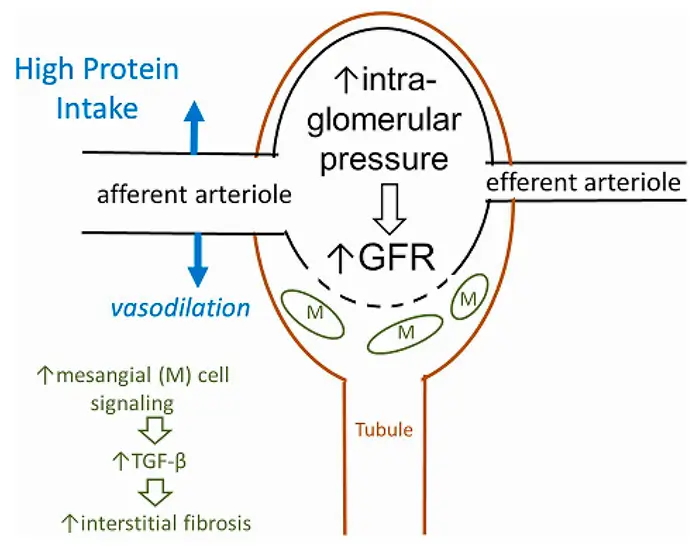
Las proteínas vienen con su equipaje.
Las proteínas no son sólo proteínas. Es un nutriente de entre muchos nutrientes que viene como un paquete de comida. Para tener una dieta alta en proteínas tendríamos que comer alimentos que tienen altos niveles de proteínas, es decir, carne, huevos y leche... y como consecuencia, consumiremos mucho más que sólo proteínas.
Con las proteínas viene el colesterol, grasa saturadatoxinas ambientales...
Comer pechuga de pollo baja en grasa y pescado no le ayudaría. En realidad, la carne que más inflama es la número uno, el pescado, y la número dos, el pollo. Dos de las fuentes de carne "saludables". Este es un tema muy complejo y sería analizado en artículos correlacionados.
No me malinterpretes la proteína por sí misma sin ningún bagaje incluso si comemos proteína pura de fuentes basadas en plantas aumentará la inflamación y la acidez pero no en la misma medida.
Los estudios han demostrado que, en comparación con la ingesta de proteína vegetal, la ingesta de proteína animal provoca un desequilibrio en la composición del microbioma intestinal, además de todos los procesos ya mencionados, al producir más amoniaco y materiales a base de azufre y tener un perfil proinflamatorio. La inflamación está relacionada básicamente con todas las enfermedades crónicas conocidas y es especialmente peligrosa para las personas con una función renal reducida y un mayor riesgo de enfermedad cardiovascular (Tomova y otros, 2019), (Mafra y otros, 2018), (Barros y otros, 2015), (Black y otros, 2018). Por último, el consumo elevado de carne se ha asociado a un aumento de la inflamación y el estrés oxidativo, incluido el aumento de mediadores inflamatorios como NF-κB y citoquinas inflamatorias (Derry et al., 2013)[35], (Montonen, Jukka y otros, 2013).
Estas diferencias entre los efectos de las proteínas de origen animal frente a las de origen vegetal pueden favorecer el uso de estas últimas, pero, de nuevo, una dieta rica en proteínas no es deseable independientemente de la fuente de proteínas.
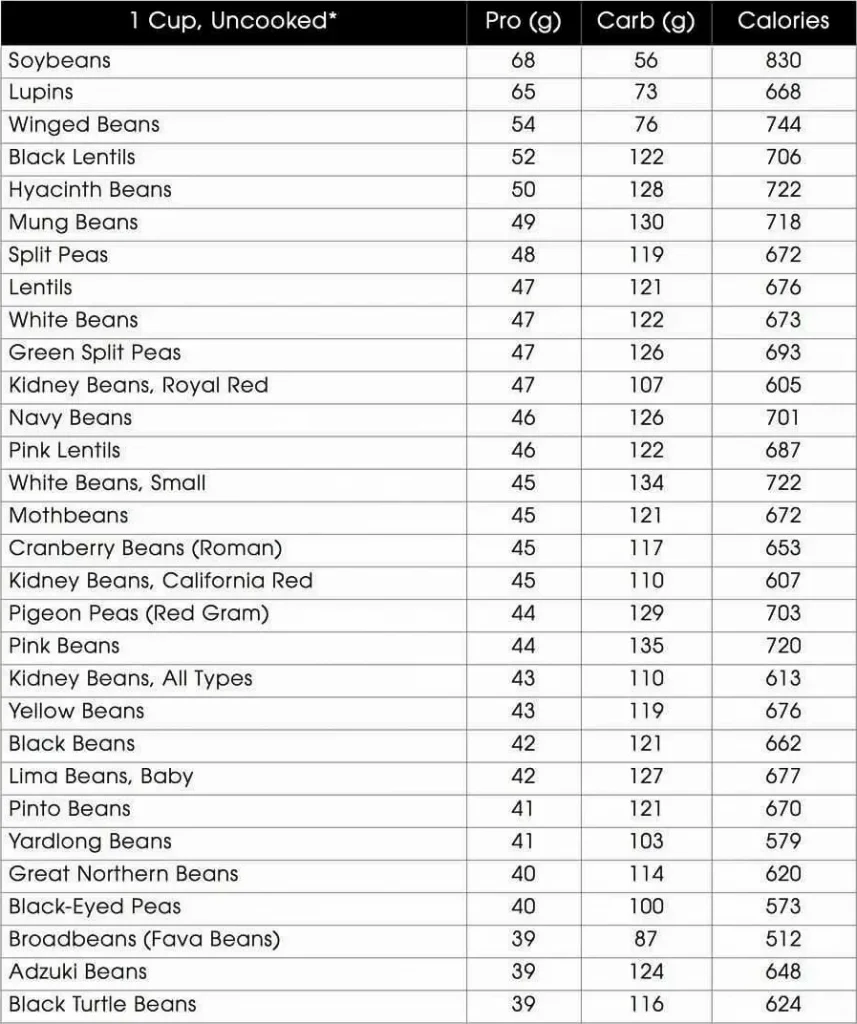
Si prescindimos de la inflamación, que está sujeta a sí misma, y nos fijamos sólo en la acidez, el cuerpo necesitaría utilizar minerales para amortiguar ese exceso de acidez. Sin embargo, hallazgos recientes sugieren que el efecto de las proteínas sobre la salud ósea sigue sin estar relacionado porque el cuerpo simplemente utilizaría más calcio de los alimentos.
Sin embargo, si usted come nada más que una dieta que promueve la inflamación y no tiene una ingesta adecuada de antioxidantesEste efecto metabólico pro-inflamatorio puede tener una correlación con la salud en general. Además, si usted tiene alguna condición médica que afecta a cualquiera de los órganos internos que están involucrados con los metabolismos de nitrógeno, tales como insuficiencia renal, enfermedad hepática, diabetes, cáncer, o condiciones médicas que necesitan una estrecha vigilancia de la ingesta de proteínas, la cantidad de proteína en su dieta debe ser controlada por un dietista certificado. Esto significa que si consumes la cantidad estándar de 80 gramos de proteína al día o 1 gramo por kg que de alguna manera se convirtió en una fantasía recomendada, estás sobrecargando tus riñones.
Un gramo por kilo fue la cantidad que la industria calculó que no tendría ningún impacto en ningún tipo de cambio dietético significativo en la población general. Ese gramo se convirtió entonces en una "recomendación" que se promociona en todas las revistas de estilo de vida y en todas las consultas médicas..
Sólo si usted tiene o desarrolla una condición médica que se correlaciona con el consumo excesivo de proteínas ese número se reduce a un valor más normal por dietistas certificados. Si las recomendaciones dietéticas promueven la reducción de la ingesta de proteínas, eso significa automáticamente la promoción de una dieta más basada en plantas y eso es algo que nunca va a suceder. Ni ahora, ni nunca, mientras haya industria y estado profundo alrededor. Podrían estar preocupados por la contaminación excesiva de nitrógeno en las aguas de los EE.UU. como problema de contaminación por dietas ricas en proteínas.
¿Cuántas proteínas podemos consumir?
El libro de texto más utilizado por los estudiantes y en otras áreas de la fisiología humana es el Textbook of Medical Physiology de Guyton y Hall. Cuando describen el uso obligatorio de proteínas, incluso allí dicen de 25 a 35 gramos de proteína al día sólo para mantenerse en equilibrio. Y eso es cuando usted come tres veces al día y don hacer una dieta. Si usted está en una dieta obligatoria, (sólo para mantenerse incluso) cantidad de proteína que necesita puede acercarse a cero. Pero ¿por qué necesita obligatoriamente 25 gramos de proteína según el libro?

En la práctica médica, es decir, para la recomendación a escala de la población, se estimó que la necesidad media de ingesta de proteínas es de 0,6 g de proteínas por kilogramo de peso corporal ideal al día. Esto es a escala poblacional, lo que corresponde a la cantidad de proteína necesaria para evitar un balance negativo de nitrógeno para la mitad de una población. Ésta es la recomendación médica actualmente aceptada. La clave en esta frase es por kilogramo de peso corporal ideal. ¿Y cuál es el peso corporal ideal? Digamos que eres un hombre que pesa 70kg y eres considerado un hombre normal que no tiene sobrepeso tu requerimiento de proteína es de 70kg multiplicado por 0.6g, para llegar a 42gramos de proteína en un día.
Si aumenta 15 kilos más, ¿cuál sería su nueva necesidad de proteínas?
Sigue siendo 42. Sólo ganas grasa, nada más, ya no estás en tu peso corporal ideal y este cálculo de 0,6 gramos de proteína por kilogramo ya no se aplica. En realidad, incluso ese hombre de 70 kg probablemente no tenga músculos abdominales visibles. Cuando tienes abdominales de 6 piezas estás en tu peso ideal. Eso es un condicionamiento congruente con la evolución humana.

Ese hombre de 70 kg probablemente aún sería capaz de perder algo de peso para conseguir abdominales de 6 pack a digamos 65 kg de peso ideal con un requerimiento de proteína de menos de 40 gramos por día. Y si usted es una mujer su requerimiento sería de 35 gramos. Y esto también es demasiado excesivo como recomendación, pero es una recomendación tan alta como la industria podría salirse con la suya.
La ingesta diaria recomendada de proteínas es de 0,83 g/kg al día y se calcula que cubre las necesidades de 97%-98% de la población (Organización Mundial de la Salud, 2007c). Y así es como se utiliza la estadística para engañarle. Esta recomendación no es una recomendación "recomendada" u óptima para usted. Se trata de una recomendación calculada para satisfacer las necesidades de toda la población, lo que incluye, por ejemplo, a los bebés lactantes y los niños pequeños.
Y así es como 1 gramo por kilo se convierte en un truco de marketing. Ese hombre que solía tener abdominales de 65 kg ahora pesa 85 kg con una ingesta de proteínas "recomendada" de 90 gramos al día. Así es como la industria y sus médicos engañan a la gente sin "romper" la ciencia. Y luego incluso van un paso más allá y te meten en el subconsciente ideas de fuentes de proteínas incompletas y fuentes de proteínas de alta calidad y proteínas complementarias.

¿Y dónde hemos acabado por culpa de esto? Los datos de la Encuesta nacional de salud y nutrición (NHANES) mostraron que el consumo medio actual de proteínas en Estados Unidos se estima en aproximadamente 1,2-1,4 g/kg al día (Moore et al., 2013). Y esto es por kg de peso, no por peso ideal. A estas alturas, como estás aprendiendo sobre nutrición, deberías entender lo que esto significa. Y si de verdad quieres perder peso o apuntarte al gimnasio, entonces necesitarías cantidades aún mayores de proteínas a la vez que restringes el número de carbohidratos. En otras palabras, las dietas Atkins o ceto dominadas por la carne. Y si yo, como nutricionista, te digo que todos ellos te están mintiendo y que restringir los carbohidratos no tiene nada que ver con perder peso y que en la ciencia real, consideramos la dieta ceto como un truco de marketing para ganar dinero, ¿entonces qué? La mayoría de la gente empieza a hablar de estudios que, en realidad, se basan en el supuesto de que todos los carbohidratos son indeseables. La suposición ha sido refutada en la literatura no una o dos veces o por simples estadísticas observacionales (por ejemplo, las dietas rurales veganas dominadas por el almidón en Asia), sino desde hace décadas (Joshi y otros, 2019), y la industria sigue impulsando esta agenda.
Si bien la dieta cetogénica ha recibido una amplia financiación y respaldo de la industria con afirmaciones de que ayudaría a tratar la obesidad y la diabetes tipo 2, la evidencia de que realmente ofrece tales beneficios es inexistente, sino todo lo contrario. Los ensayos aleatorizados a largo plazo no han logrado mostrar un beneficio clínicamente significativo sobre las dietas de comparación, y esto es ciencia aceptada, no mi opinión personal (Joshi et al., 2019). En realidad, debido a que esta es básicamente una dieta carnívora con la que tu gato podría estar prosperando, nosotros como primates que somos herbívoros, con este tipo de dieta tendremos efectos de salud que empeoran.
La única pregunta es, ¿es este tipo de dieta mejor que la dieta occidental estándar de alimentos procesados? En esta comparación, es mejor porque básicamente, nada puede ser peor que una dieta carente de azúcar y grasas, alimentos procesados, incluso ceto.
Pero como dieta, es una dieta evolutivamente no congruente que no está exenta de consecuencias: puede producir efectos adversos en la persona que hace dieta, como hiperlipidemia, deficiencias de vitaminas y minerales y fatiga. Para los pacientes con enfermedad renal o con alto riesgo de padecerla, la dieta cetogénica está absolutamente prohibida.
Una dieta cetogénica es básicamente una dieta carnívora que restringe la ingesta de carbohidratos como fuente de energía. Los carnívoros no tienen enzimas para la digestión de los carbohidratos, a diferencia de los humanos. En su lugar, se hace hincapié en el uso de la grasa como fuente de energía, lo que da lugar a la producción de cetonas. El nombre proviene de las cetonas. También es una dieta rica en proteínas, con 1,2-2,0 g/kg de proteínas al día. Este tipo de dieta está absolutamente prohibida para los pacientes que tienen enfermedad renal y acelerará la progresión de su enfermedad renal (Kasiske et al., 1998).
Igualmente preocupante para quienes no padecen ERC es la elevada cantidad de grasa de la dieta cetogénica. Lipotoxicidad está correlacionada con la diabetes, y el colesterol alto está correlacionado con las enfermedades cardiovasculares, así como el alto consumo de grasas saturadas. Personalmente, si quisiera crear una dieta que acortara la esperanza de vida de alguien, elegiría una dieta occidental estándar. dieta dominada por los alimentos procesados como número uno, y ceto como número dos.
Las dietas ricas en proteínas deben evitarse, si es posible en todas las situaciones.
Dado el aumento de la popularidad de las dietas ricas en proteínas como alternativa a la dieta americana estándar y la alta prevalencia de enfermedades crónicas en Estados Unidos y el resto del mundo desarrollado y toda la propaganda que hay detrás, personalmente no veo un futuro brillante en lo que respecta a la salud y la prevalencia de enfermedades crónicas.
Dr. Tel Oren (MD): La verdad sobre las proteínas. Charla en el Fin de Semana del Festival Vegetariano Mundial 2011 en San Francisco California patrocinado por la Sociedad Vegetariana de San Francisco.
Preguntas Frecuentes
Referencias:
Pasajes seleccionados de un libro: Pokimica, Milos. Go Vegan? Examen de Ciencias de la Parte 3. Kindle ed., Amazon, 2020.
- Watzadse, G. (1928). Über die Harnbildung in der Froschniere. Pflügers Archiv: Revista Europea de Fisiología, 219(1), 694-705. https://doi.org/10.1007/bf01723451
- Ko, G. J., Obi, Y., Tortorici, A. R., & Kalantar-Zadeh, K. (2017). La ingesta de proteínas en la dieta y la enfermedad renal crónica. Opinión actual en nutrición clínica y cuidados metabólicos, 20(1), 77-85. https://doi.org/10.1097/MCO.0000000000000342
- Organización Mundial de la Salud. (2007b). Necesidades de proteínas y aminoácidos en la nutrición humana : informe de una consulta mixta de expertos FAO/OMS/UNU. https://apps.who.int/iris/handle/10665/43411
- Moore, L. W., Byham-Gray, L. D., Scott Parrott, J., Rigassio-Radler, D., Mandayam, S., Jones, S. L., Mitch, W. E., & Osama Gaber, A. (2013). La ingesta media de proteínas en la dieta en diferentes etapas de la enfermedad renal crónica es superior a las directrices actuales. Riñón internacional, 83(4), 724-732. https://doi.org/10.1038/ki.2012.420
- Joshi, S., Ostfeld, R. J., & McMacken, M. (2019). La dieta cetogénica para la obesidad y la diabetes: el entusiasmo supera la evidencia. JAMA medicina interna, 179(9), 1163-1164. https://doi.org/10.1001/jamainternmed.2019.2633
- O'Connor, W. J., & Summerill, R. A. (1976). The effect of a meal of meat on glomerular filtration rate in dogs at normal urine flows. El Diario de fisiología, 256(1), 81-91. https://doi.org/10.1113/jphysiol.1976.sp011312
- Hostetter, T. H., Meyer, T. W., Rennke, H. G., & Brenner, B. M. (1986). Chronic effects of dietary protein in the rat with intact and reduced renal mass. Riñón internacional, 30(4), 509-517. https://doi.org/10.1038/ki.1986.215
- Kamper, A. L., & Strandgaard, S. (2017). Efectos a largo plazo de las dietas ricas en proteínas sobre la función renal. Revisión anual de la nutrición, 37, 347-369. https://doi.org/10.1146/annurev-nutr-071714-034426
- MOUSTGAARD J. (1947). Variación de la función renal en perros normales y nefrectomizados unilateralmente. Revista americana de investigación veterinaria, 8(28), 301-306. [PubMed]
- Juraschek, S. P., Appel, L. J., Anderson, C. A., & Miller, E. R., 3rd (2013). Efecto de una dieta alta en proteínas sobre la función renal en adultos sanos: resultados del ensayo OmniHeart. American journal of kidney diseases : la revista oficial de la National Kidney Foundation, 61(4), 547-554. https://doi.org/10.1053/j.ajkd.2012.10.017
- Kamper, A. L., & Strandgaard, S. (2017). Efectos a largo plazo de las dietas ricas en proteínas sobre la función renal. Revisión anual de la nutrición, 37, 347-369. https://doi.org/10.1146/annurev-nutr-071714-034426
- El culturismo con esteroides daña los riñones. (2009, 9 de octubre). ScienceDaily. https://www.sciencedaily.com/releases/2009/10/091029141202.htm
- Almukhtar, S. E., Abbas, A. A., Muhealdeen, D. N., & Hughson, M. D. (2015). Lesión renal aguda asociada con esteroides androgénicos y suplementos nutricionales en culturistas. Revista Clínica del Riñón, 8(4), 415-419. https://doi.org/10.1093/ckj/sfv032
- Kalantar-Zadeh, K., Kramer, H. M., & Fouque, D. (2020). La dieta alta en proteínas es mala para la salud renal: desatando el tabú. Nefrología, diálisis, trasplante : publicación oficial de la Asociación Europea de Diálisis y Trasplante - Asociación Renal Europea, 35(1), 1-4. https://doi.org/10.1093/ndt/gfz216
- Knight, E. L., Stampfer, M. J., Hankinson, S. E., Spiegelman, D., & Curhan, G. C. (2003). The impact of protein intake on renal function decline in women with normal renal function or mild renal insufficiency. Anales de medicina interna, 138(6), 460-467. https://doi.org/10.7326/0003-4819-138-6-200303180-00009
- Cirillo, M., Lombardi, C., Chiricone, D., De Santo, N. G., Zanchetti, A., & Bilancio, G. (2014). Ingesta de proteínas y función renal en la población de mediana edad: contraste entre datos transversales y longitudinales. Nefrología, diálisis, trasplante : publicación oficial de la Asociación Europea de Diálisis y Trasplante - Asociación Renal Europea, 29(9), 1733-1740. https://doi.org/10.1093/ndt/gfu056
- Farhadnejad, H., Asghari, G., Emamat, H., Mirmiran, P., & Azizi, F. (2019). La dieta baja en carbohidratos y alta en proteínas se asocia con un mayor riesgo de enfermedades renales crónicas incidentes entre los adultos de Teherán. Journal of renal nutrition : la revista oficial del Consejo de Nutrición Renal de la Fundación Nacional del Riñón., 29(4), 343-349. https://doi.org/10.1053/j.jrn.2018.10.007
- Cirillo, M., Lombardi, C., Chiricone, D., De Santo, N. G., Zanchetti, A., & Bilancio, G. (2014). Ingesta de proteínas y función renal en la población de mediana edad: contraste entre datos transversales y longitudinales. Nefrología, diálisis, trasplante : publicación oficial de la Asociación Europea de Diálisis y Trasplante - Asociación Renal Europea, 29(9), 1733-1740. https://doi.org/10.1093/ndt/gfu056
- Friedman, A. N., Ogden, L. G., Foster, G. D., Klein, S., Stein, R., Miller, B., Hill, J. O., Brill, C., Bailer, B., Rosenbaum, D. R., & Wyatt, H. R. (2012). Efectos comparativos de las dietas bajas en carbohidratos y altas en proteínas frente a las dietas bajas en grasas en el riñón. Revista clínica de la Sociedad Americana de Nefrología : CJASN, 7(7), 1103-1111. https://doi.org/10.2215/CJN.11741111
- Møller, G., Rikardt Andersen, J., Ritz, C., P Silvestre, M., Navas-Carretero, S., Jalo, E., Christensen, P., Simpson, E., Taylor, M., Martinez, J. A., Macdonald, I., Swindell, N., Mackintosh, K. A., Stratton, G., Fogelholm, M., Larsen, T. M., Poppitt, S. D., Dragsted, L. O., & Raben, A. (2018). Una mayor ingesta de proteínas no se asocia con una disminución de la función renal en adultos mayores prediabéticos después de una intervención de un año: un subestudio previo. Nutrientes, 10(1), 54. https://doi.org/10.3390/nu10010054
- Almeida, J. C., Zelmanovitz, T., Vaz, J. S., Steemburgo, T., Perassolo, M. S., Gross, J. L., & Azevedo, M. J. (2008). Fuentes de proteínas y ácidos grasos poliinsaturados de la dieta y microalbuminuria en la diabetes mellitus tipo 2. Revista del Colegio Americano de Nutrición, 27(5), 528-537. https://doi.org/10.1080/07315724.2008.10719735
- Lin, J., Fung, T. T., Hu, F. B., & Curhan, G. C. (2011). Association of dietary patterns with albuminuria and kidney function decline in older white women: a subgroup analysis from the Nurses' Health Study. American journal of kidney diseases : la revista oficial de la National Kidney Foundation, 57(2), 245-254. https://doi.org/10.1053/j.ajkd.2010.09.027
- Lin, J., Hu, F. B., & Curhan, G. C. (2010). Asociaciones de la dieta con albuminuria y disminución de la función renal. Revista clínica de la Sociedad Americana de Nefrología : CJASN, 5(5), 836-843. https://doi.org/10.2215/CJN.08001109
- Skov, A. R., Toubro, S., Bülow, J., Krabbe, K., Parving, H. H., & Astrup, A. (1999). Changes in renal function during weight loss induced by high vs low-protein low-fat diets in overweight subjects. Revista internacional de obesidad y trastornos metabólicos relacionados : revista de la Asociación Internacional para el Estudio de la Obesidad, 23(11), 1170-1177. https://doi.org/10.1038/sj.ijo.0801048
- Kalantar-Zadeh, K., & Fouque, D. (2017). Tratamiento nutricional de la enfermedad renal crónica. El diario de Nueva Inglaterra de la medicina, 377(18), 1765-1776. https://doi.org/10.1056/NEJMra1700312
- Frank, Helga et al. "Effect of short-term high-protein compared with normal-protein diets on renal hemodynamics and associated variables in healthy young men". El diario Americano de la nutrición clínica vol. 90,6 (2009): 1509-16. doi:10.3945/ajcn.2009.27601
- Weiner, I. D., Mitch, W. E., & Sands, J. M. (2015). Urea and Ammonia Metabolism and the Control of Renal Nitrogen Excretion. Revista clínica de la Sociedad Americana de Nefrología : CJASN, 10(8), 1444-1458. https://doi.org/10.2215/CJN.10311013
- Wesson, D. E., Buysse, J. M., & Bushinsky, D. A. (2020). Mecanismos de lesión renal inducida por acidosis metabólica en la enfermedad renal crónica. Revista de la Sociedad Americana de Nefrología : JASN, 31(3), 469-482. https://doi.org/10.1681/ASN.2019070677
- Lennon, E. J., J Lemann, J., & Litzow, J. R. (1966). The effects of diet and stool composition on the net external acid balance of normal subjects. Revista de Investigación Clínica, 45(10), 1601-1607. https://doi.org/10.1172/JCI105466
- Scialla, J. J., & Anderson, C. A. (2013). Carga ácida de la dieta: ¿una nueva diana nutricional en la enfermedad renal crónica? Avances en la enfermedad renal crónica, 20(2), 141-149. https://doi.org/10.1053/j.ackd.2012.11.001
- Tomova, A., Bukovsky, I., Rembert, E., Yonas, W., Alwarith, J., Barnard, N. D., & Kahleova, H. (2019). Los efectos de las dietas vegetariana y vegana en la microbiota intestinal. Fronteras en la nutrición, 6, 47. https://doi.org/10.3389/fnut.2019.00047
- Mafra, D., Borges, N. A., Cardozo, L. F. M. F., Anjos, J. S., Black, A. P., Moraes, C., Bergman, P., Lindholm, B., & Stenvinkel, P. (2018). Ingesta de carne roja en pacientes con enfermedad renal crónica: Las dos caras de la moneda. Nutrición (Burbank, Los Angeles County, California.), 46, 26-32. https://doi.org/10.1016/j.nut.2017.08.015
- Barros, A. F., Borges, N. A., Ferreira, D. C., Carmo, F. L., Rosado, A. S., Fouque, D., & Mafra, D. (2015). Existe interacción entre el perfil microbiano intestinal y el riesgo cardiovascular en pacientes con enfermedad renal crónica?. Microbiología del futuro, 10(4), 517-526. https://doi.org/10.2217/fmb.14.140
- Black, A. P., Anjos, J. S., Cardozo, L., Carmo, F. L., Dolenga, C. J., Nakao, L. S., de Carvalho Ferreira, D., Rosado, A., Carraro Eduardo, J. C., & Mafra, D. (2018). Influye la dieta baja en proteínas en los niveles séricos de toxinas urémicas de la microbiota intestinal en pacientes con enfermedad renal crónica sin diálisis? Journal of renal nutrition : la revista oficial del Consejo de Nutrición Renal de la Fundación Nacional del Riñón., 28(3), 208-214. https://doi.org/10.1053/j.jrn.2017.11.007
- Derry, M. M., Raina, K., Agarwal, C., & Agarwal, R. (2013). Identificación de dianas moleculares de las modificaciones del estilo de vida en la prevención del cáncer de colon. Fronteras de la oncología, 3, 119. https://doi.org/10.3389/fonc.2013.00119
- Montonen, J., Boeing, H., Fritsche, A., Schleicher, E., Joost, H. G., Schulze, M. B., Steffen, A., & Pischon, T. (2013). Consumo de carne roja y pan integral en relación con biomarcadores de obesidad, inflamación, metabolismo de la glucosa y estrés oxidativo. Revista europea de nutrición, 52(1), 337-345. https://doi.org/10.1007/s00394-012-0340-6
- Kasiske, B. L., Lakatua, J. D., Ma, J. Z., & Louis, T. A. (1998). A meta-analysis of the effects of dietary protein restriction on the rate of decline in renal function. American journal of kidney diseases : la revista oficial de la National Kidney Foundation, 31(6), 954-961. https://doi.org/10.1053/ajkd.1998.v31.pm9631839
Contenidos Relacionados
¿Tienes alguna duda acerca de la nutrición y la salud?
Me encantaría saber de usted y responderlas en mi próxima publicación. Agradezco sus aportes y opiniones y espero tener noticias suyas pronto. También te invito a síguenos en Facebook, Instagram y Pinterest para más contenidos sobre dieta, nutrición y salud. Puedes dejar un comentario allí y conectar con otros entusiastas de la salud, compartir tus consejos y experiencias, y recibir apoyo y ánimo de nuestro equipo y nuestra comunidad.
Espero que este post le haya resultado informativo y ameno y que esté preparado para aplicar los conocimientos adquiridos. Si le ha resultado útil, por favor compártelo con tus amigos y familiares que también podrían beneficiarse de ella. Nunca se sabe quién puede necesitar orientación y apoyo en su camino hacia la salud.
– También Te Puede Interesar –

Aprenda Sobre Nutricion
Milos Pokimica es doctor en medicina natural, nutricionista clínico, escritor sobre salud médica y nutrición y asesor en ciencias de la nutrición. Autor de la serie de libros Go Vegan? Revisión de la Ciencia, también dirige el sitio web sobre salud natural GoVeganWay.com.
Descargo De Responsabilidad Médica
GoVeganWay.com le ofrece reseñas de las últimas investigaciones relacionadas con la nutrición y la salud. La información proporcionada representa la opinión personal del autor y no pretende ni implica sustituir el asesoramiento, diagnóstico o tratamiento médico profesional. La información proporcionada tiene fines informativos únicamente y no pretende sustituir la consulta, el diagnóstico y/o el tratamiento médico de un médico o proveedor de atención médica calificado.NUNCA ignore el CONSEJO MÉDICO PROFESIONAL O RETRASAR la BÚSQUEDA de TRATAMIENTO MÉDICO a CAUSA DE ALGO QUE HAYA LEÍDO EN O accesibles a TRAVÉS de GoVeganWay.com
NUNCA APLICAR CUALQUIER cambio de ESTILO de vida O CAMBIOS EN su totalidad COMO UNA CONSECUENCIA DE ALGO QUE HA LEÍDO EN GoVeganWay.com ANTES de CONSULTAR con LICENCIA PROFESIONAL MÉDICO.
En el caso de una emergencia médica, llame a un médico o al 911 inmediatamente. GoVeganWay.com no se recomienda ni aprueba ninguna de los grupos, las organizaciones, las pruebas, los médicos, productos, procedimientos, opiniones u otra información que pueda ser mencionado en el interior.
Selecciones del editor –
Milos Pokimica es escritor especializado en salud y nutrición y asesor en ciencias nutricionales. Autor de la serie de libros Go Vegan? Revisión de la Ciencia, también dirige el sitio web sobre salud natural GoVeganWay.com.
Últimos artículos -
Top Noticias De Salud — ScienceDaily
- MIT scientists strip cancer of its sugar shielden diciembre 23, 2025
Scientists at MIT and Stanford have unveiled a promising new way to help the immune system recognize and attack cancer cells more effectively. Their strategy targets a hidden “off switch” that tumors use to stay invisible to immune defenses—special sugar molecules on the cancer cell surface that suppress immune activity. Early tests show it can supercharge immune responses and outperform current antibody therapies.
- Scientists find a weak spot in deadly fungus that shut down hospital intensive care unitsen diciembre 23, 2025
A deadly hospital fungus that resists nearly every antifungal drug may have an unexpected weakness. Researchers discovered that Candida auris activates specific genes during infection to hunt for nutrients it needs to survive. This insight came from a new living-host model that allowed scientists to watch the fungus in action. The findings could eventually lead to new treatments or allow current drugs to be repurposed.
- This ultra-sensitive imaging system can spot cancer earlieren diciembre 23, 2025
A new imaging technology can distinguish cancerous tissue from healthy cells by detecting ultra-weak light signals. It relies on nanoparticles that bind to tumor markers, making cancerous areas easier to identify. The system is far more sensitive than existing tools and could speed up cancer screening. Scientists believe it may help detect tumors earlier and reduce delays in diagnosis.
- Hidden brain maps that make empathy feel physicalen diciembre 23, 2025
When we watch someone move, get injured, or express emotion, our brain doesn’t just see it—it partially feels it. Researchers found eight body-like maps in the visual cortex that organize what we see in the same way the brain organizes touch. These maps help us instantly understand actions, emotions, and intentions in others. The discovery sheds light on human empathy and opens doors for new brain-based therapies and AI systems that better understand the body.
- Are they really listening? Watch their blinksen diciembre 23, 2025
Your eyes may reveal when your brain is working overtime. Researchers found that people blink less when trying to understand speech in noisy environments, especially during the most important moments. The effect stayed the same in bright or dark rooms, showing it’s driven by mental effort, not light. Blinking, it turns out, is a quiet marker of focused listening.
- This cancer-fighting molecule took 50 years to builden diciembre 22, 2025
MIT scientists have achieved the first-ever lab synthesis of verticillin A, a complex fungal compound discovered in 1970. Its delicate structure stalled chemists for decades, despite differing from related molecules by only two atoms. With the synthesis finally complete, researchers created new variants that showed strong activity against a rare pediatric brain cancer. The breakthrough could unlock an entire class of previously unreachable cancer-fighting molecules.
- A new drug could stop Alzheimer’s before memory loss beginsen diciembre 22, 2025
New research suggests Alzheimer’s may start far earlier than previously thought, driven by a hidden toxic protein in the brain. Scientists found that an experimental drug, NU-9, blocks this early damage in mice and reduces inflammation linked to disease progression. The treatment was given before symptoms appeared, targeting the disease at its earliest stage. Researchers say this approach could reshape how Alzheimer’s is prevented and treated.
PubMed, #Dieta vegana –
- Comparing diet-related attitudes, perceptions, and behaviors of vegan and omnivorous adults: results from a cross-sectional survey study in Germanyen diciembre 22, 2025
CONCLUSION: The findings are consistent with and build on existing research on cognitive and behavioral patterns related to a vegan diet, while at the same time yielding some additional insights. In particular, the results on significant differences in the risk-benefit perception of a vegan diet, as well as on motivations and influences regarding the decision to follow a vegan diet provide an important basis for the development of public health interventions and a foundation for further […]
- Assessment of vitamin A, vitamin B2, vitamin B12, vitamin K, folate, and choline status following 4 months of multinutrient supplementation in healthy vegans: a randomised,…en diciembre 19, 2025
CONCLUSION: A multinutrient supplement containing 82 µg of vitamin B(12) per day significantly positively affected vitamin B(12) blood biomarkers in healthy vegans.
- Exploring the synergistic potential of pH and ultrasonication on the functional properties of pea and lentil protein isolates and its formulation in food producten diciembre 15, 2025
The substitution of meat proteins with plant-based proteins from various sources is often motivated by nutritional considerations. However, the inherent limited solubility of plant proteins, which results in suboptimal techno-functional properties, remains a persistent challenge in food formulation. The purpose of this study was to utilize unique properties of pea (Pisum sativum L.) and lentil (Lens culinaris) through ultrasonication and pH variation in order to develop a stable and […]
- Healthful and Unhealthful Plant-Based Diets and Their Association with Cardiometabolic Targets in Women Diagnosed with Breast Cancer: A Cross-Sectional Analysis of a Lifestyle Trialen diciembre 11, 2025
CONCLUSIONS: Maintaining cardiometabolic risk factors within normal ranges is clinically relevant in BCS, and this may be more likely when a plant-based diet is consumed, especially if low in unhealthy plant foods.
- Functional and Nutritional Properties of Lion’s Mane Mushrooms in Oat-Based Desserts for Dysphagia and Healthy Ageingen diciembre 11, 2025
Hericium erinaceus (Lion’s Mane mushroom) is a medicinal species recognised for its neuroprotective and antioxidant properties. This study investigated its potential as a functional ingredient in oat milk-based desserts formulated for individuals with dysphagia. Freeze-dried Lion’s Mane powder (LMP), containing high-quality protein (~16%, amino acid score 88%), dietary fibre (~31%), and phenolic compounds (72.15 mg GAE/g), was incorporated at varying levels using gelatin or iota-carrageenan […]
Publicaciones aleatorias –
Publicaciones destacadas -
La última versión desde PubMed, #Dieta basada en plantas –
- Associations Between Healthy and Plant-Based Dietary Patterns and Cognitive Reserve: A Cross-Sectional Analysis of the 1946 British Birth Cohortpor Kelly C Cara en diciembre 23, 2025
CONCLUSIONS: CR was positively associated with healthy dietary patterns and inversely associated with unhealthful plant-based dietary patterns. Diet uniquely explained variations in CR and should be considered among influential lifestyle factors in future research. Longitudinal analyses are needed to confirm these findings.
- Patient-Reported Observance of a Mediterranean Diet and Physical Activity in Patients Living with Breast Cancer: Implications for Primary Care Providerspor Lydia Hesseltine en diciembre 23, 2025
CONCLUSION: The majority of patients living with breast cancer did not meet the minimal national recommendations. These findings underscore the need for further research to develop strategies to optimize nutrition and physical activity within oncology and primary care settings.
- Dietary Hydrilla verticillata extract enhances growth and immune defense against Aeromonas hydrophila in Labeo rohitapor Faiza Khanam en diciembre 23, 2025
This study investigated the effects of dietary Hydrilla verticillata extract (HVE) on growth performance, physiological responses, and disease resistance in Labeo rohita fingerlings subjected to Aeromonas hydrophila challenge. Following acclimatization, the fish were divided into 15 tanks at random (30 fish per tank) and given five different diets that contained 0, 75, 150, 300, or 600 mg/kg HVE for 60 days. Growth was significantly (P
- Dietary quercetagetin attenuates H2O2-induced oxidative damage and preserves meat quality in broilers by modulating redox status and Nrf2/ferroptosis signaling pathwaypor Wenyue Hu en diciembre 22, 2025
In modern poultry production, oxidative stress has emerged as a pivotal factor compromising the health status and overall performance of broiler. The aim of this study was to investigate the effects of dietary quercetagetin (QG) supplementation on hydrogen peroxide (H(2)O(2))-induced oxidative damage in breast muscle of broilers, focusing on growth performance, meat quality, and antioxidant function, and elucidating the underlying mechanisms. Two hundred and forty one-day-old Cobb broilers […]
- Effects of dietary selenium supplementation on physiological parameters, tissue fatty acid composition, and fatty acid-metabolism relative gene expression of grouper (Epinephelus coioides) fed high…por Yen-Chun Lee en diciembre 22, 2025
The present study evaluated the effects of dietary selenium (Se) supplementation on growth performance, physiological responses, tissue fatty acid profiles, and the expression of genes related to fatty acid metabolism in juvenile grouper (Epinephelus coioides). A control diet based on soy protein concentrate, replacing 40% of the fish meal protein, was supplemented with graded levels of Se at 0, 0.3, 0.6, and 1.0 mg Se kg^(-1). A fish meal-based reference diet was also included for […]
- Unravelling the interaction between feeding regimens and milking time in Parmigiano Reggiano PDO milk: an integrated metabolomics and ion mobility lipidomics approachpor Pier Paolo Becchi en diciembre 22, 2025
In this study, an integrated approach based on UHPLC-HRMS metabolomics and IM-HRMS lipidomics has been carried out to unravel the interaction between feeding and milking time in the overall chemical profile of Parmigiano Reggiano (PR) milk. Specifically, ANOVA multiblock OPLS (AMOPLS) modelling revealed the complementarity of the assays in combining the effect of these two critical parameters. In particular, metabolomics highlighted the presence of plant-derived compounds (mainly terpenoids […]
